Although it’s been around since 2012, the Pagani Huayra didn't spawn more than a few special-edition versions until 2016. But as soon as all 100 units of the supercar were sold, the Italian carmaker began working on new iterations of the model -- the Huayra Roadster and a more hardcore version of the coupe. While the former didn't break cover until 2017, the latter surfaced the Interwebz in a teaser image on December 2015 and made its global debut at the 2016 Geneva Motor Show.
Fitted with an uprated V-12 powerplant, a new transmission, revised aerodynamics, and a race-inspired interior, the Huayra BC was named after Benny Caiola, one of the first Pagani customers, as well as a good friend of Horacio. So, while the Zonda F was dedicated to Formula One ace Juan Manuel Fangio, the Huayra BC was developed in honor of Caiola, who owned several Zondas, including a Zonda F, which was regularly driven by Horacio himself.
Not only the most powerful and aerodynamic coupe version of the Huayra ever developed (the Roadster models has a more powerful engine), the BC is also the most exclusive, being build in significantly less units than the original supercar. But more on all that in the review below.
Continue reading to learn more about the Pagani Huayra BC.
2017 Pagani Huayra BC
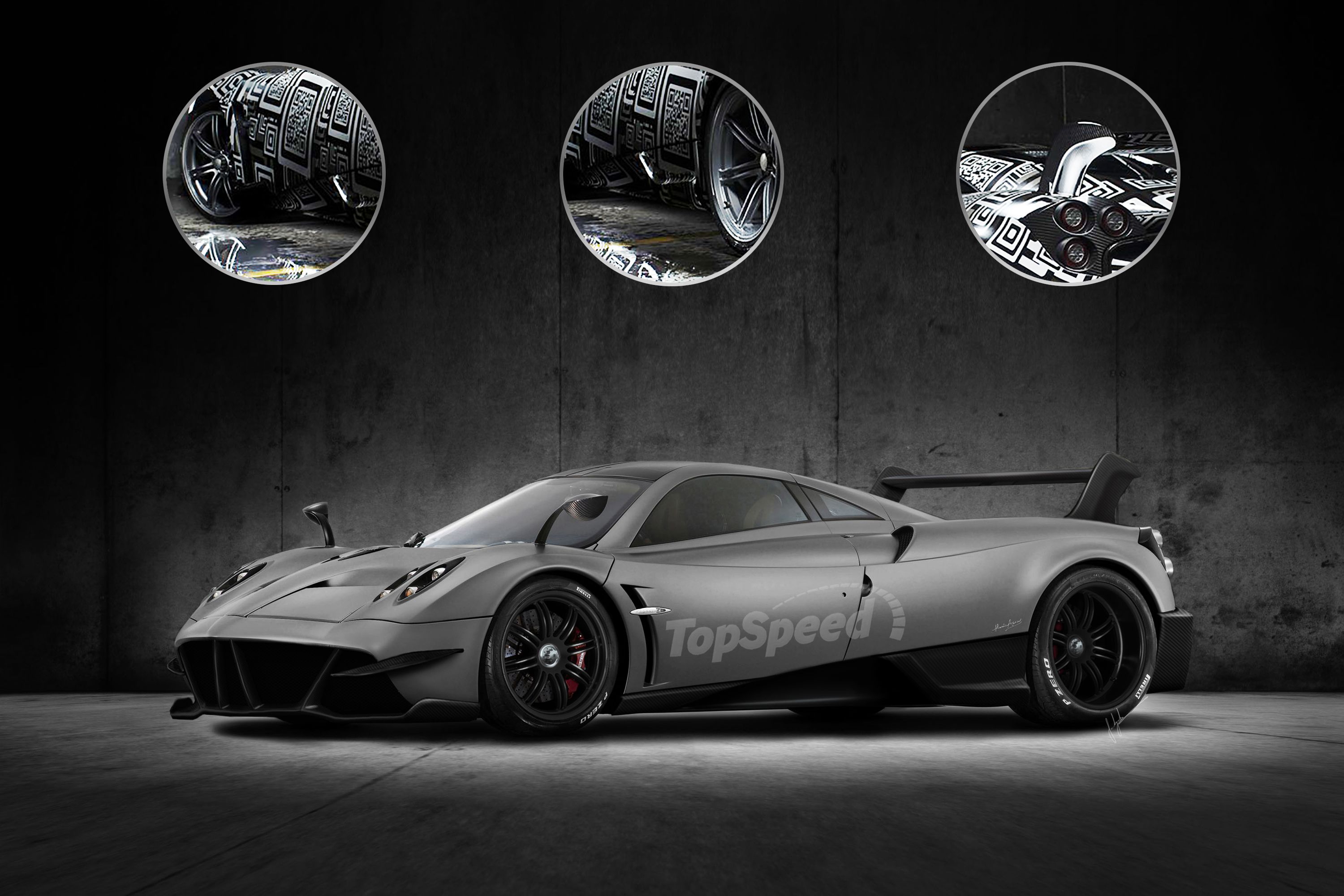

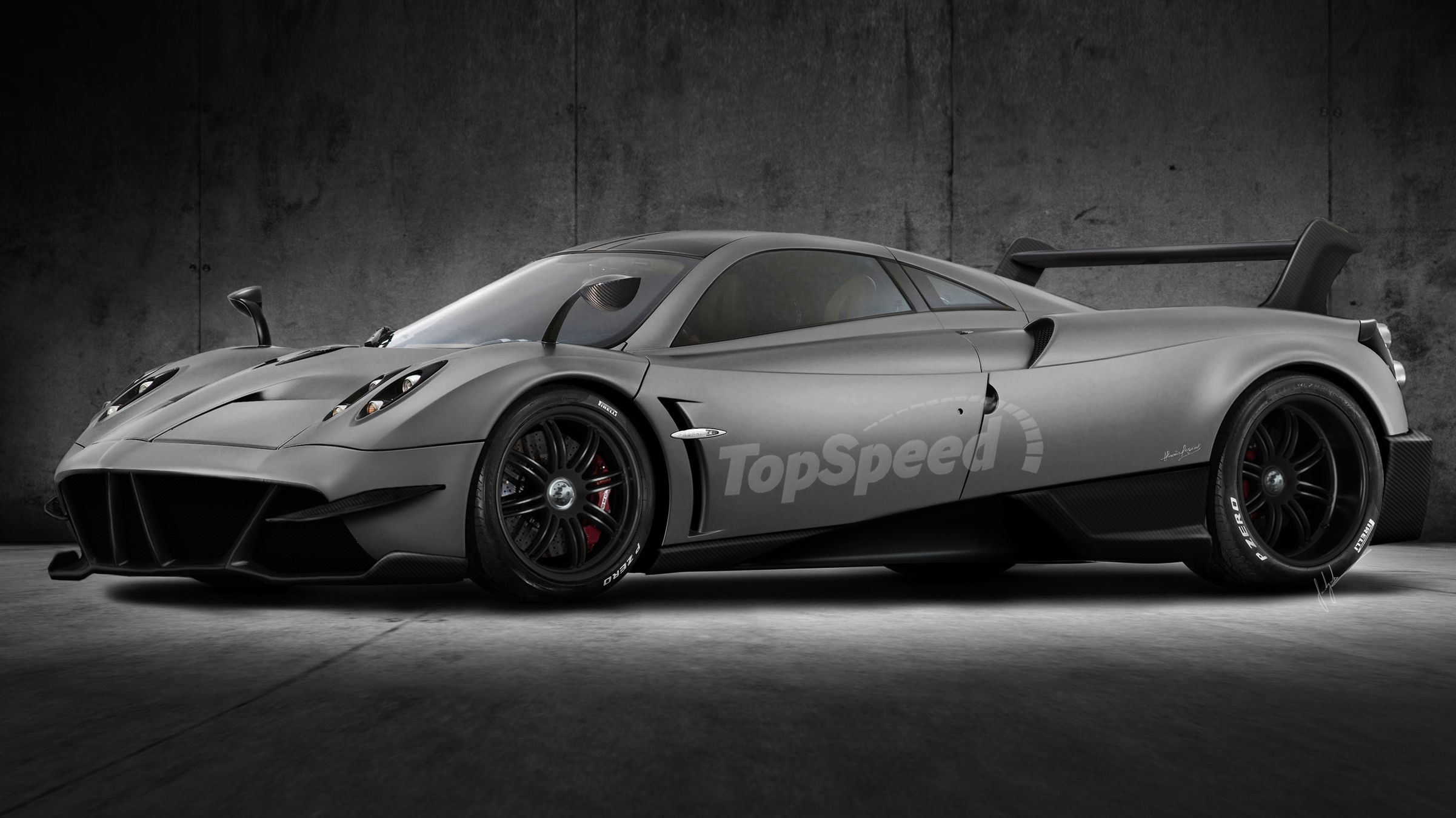
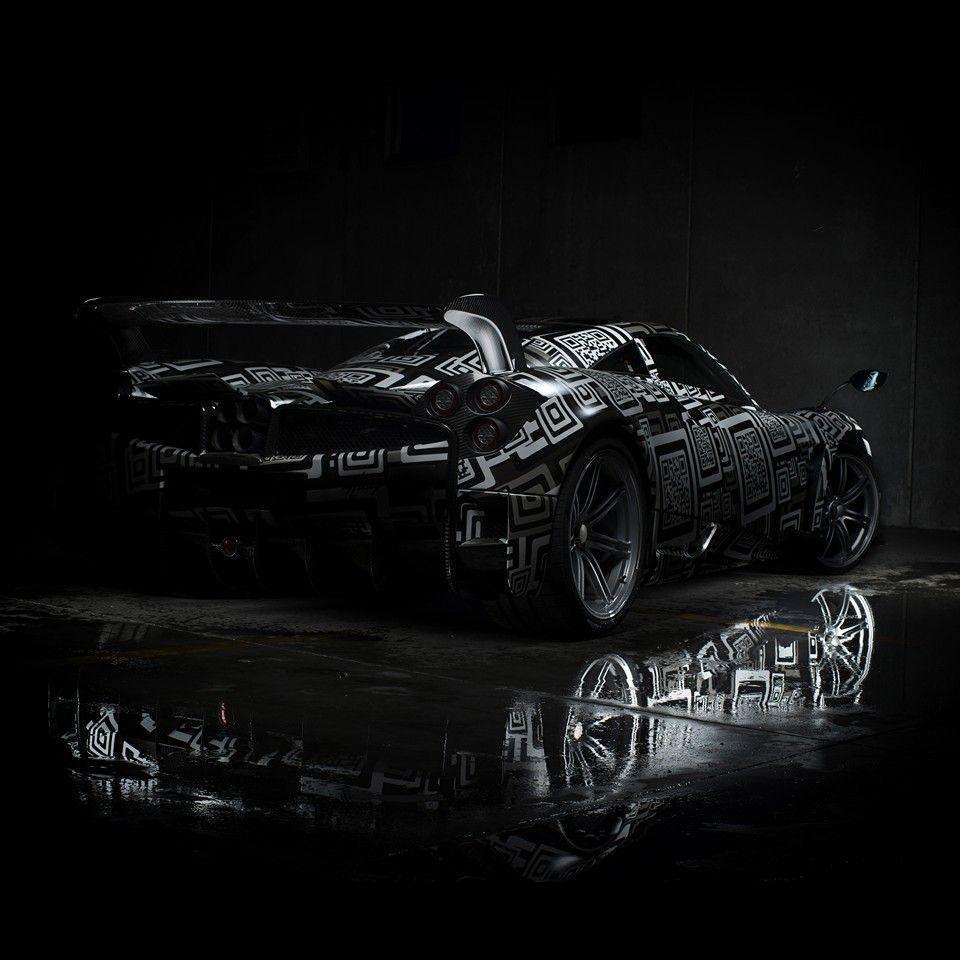
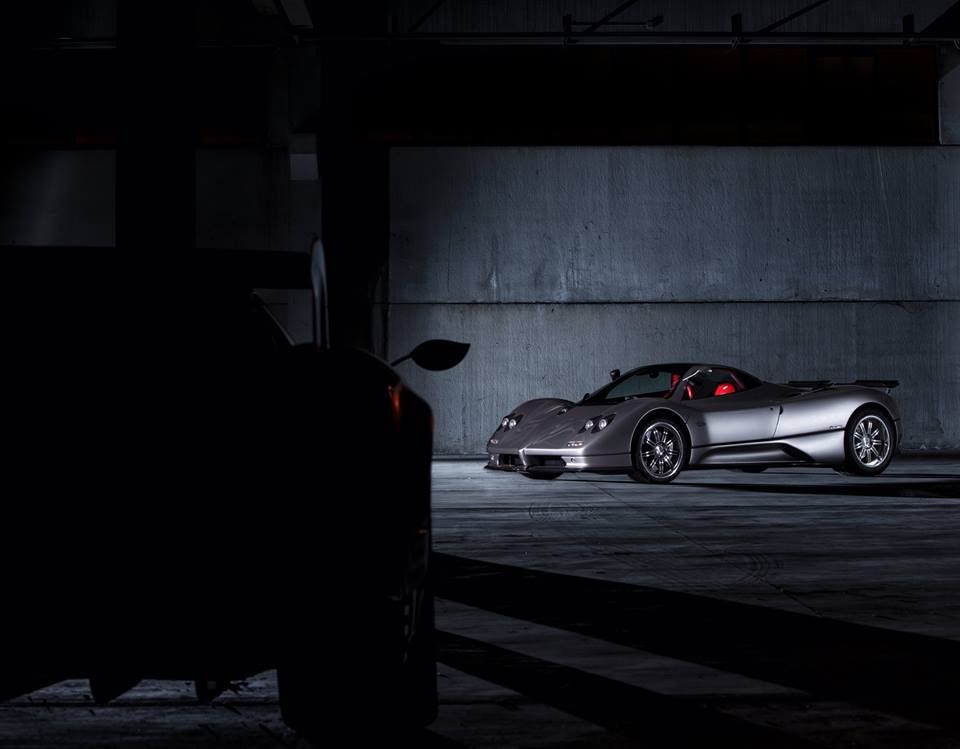
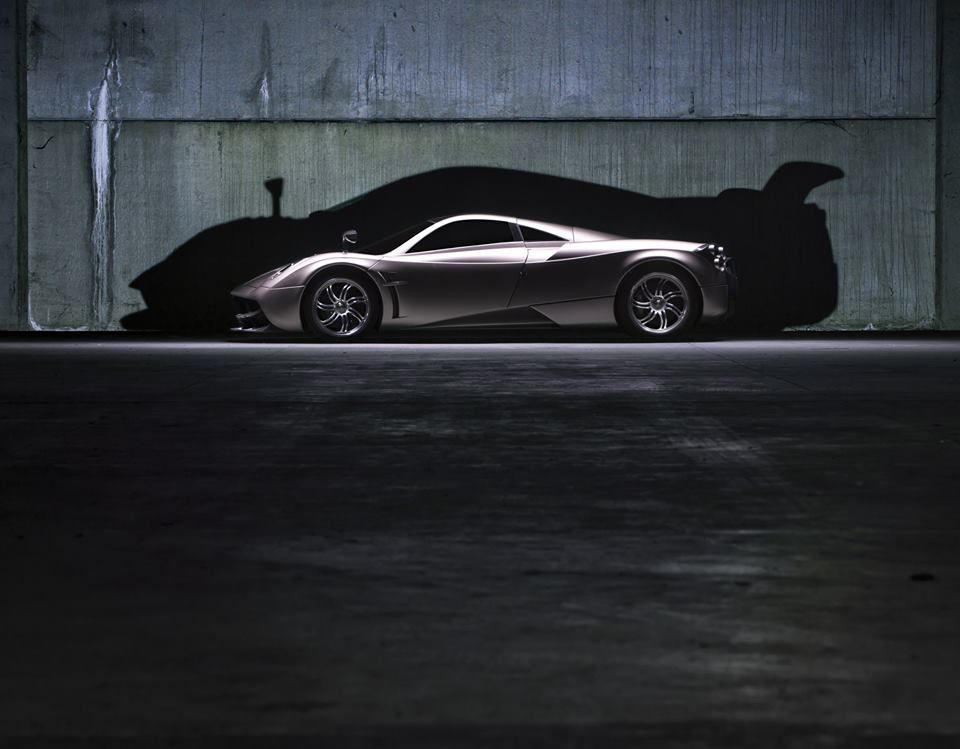
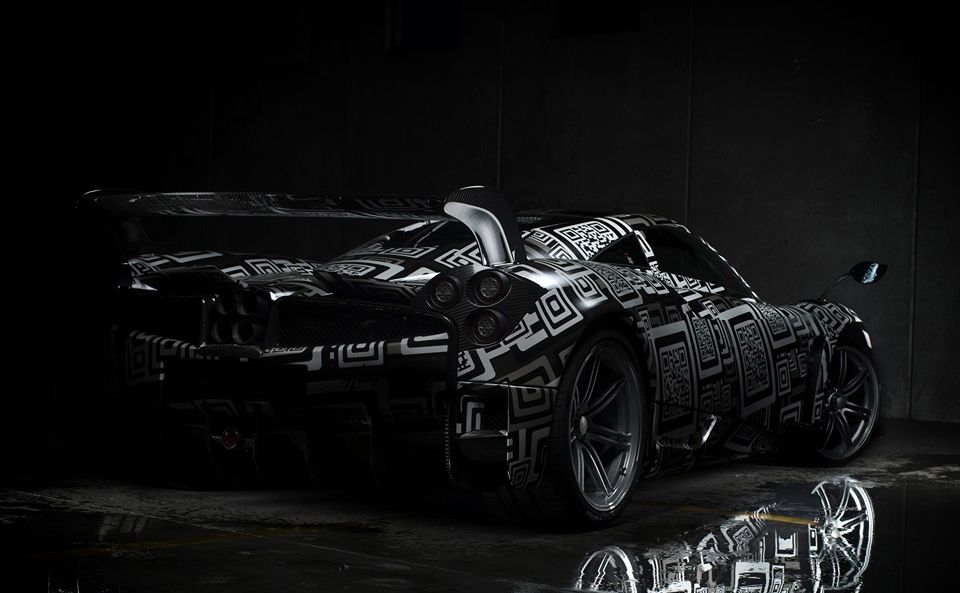

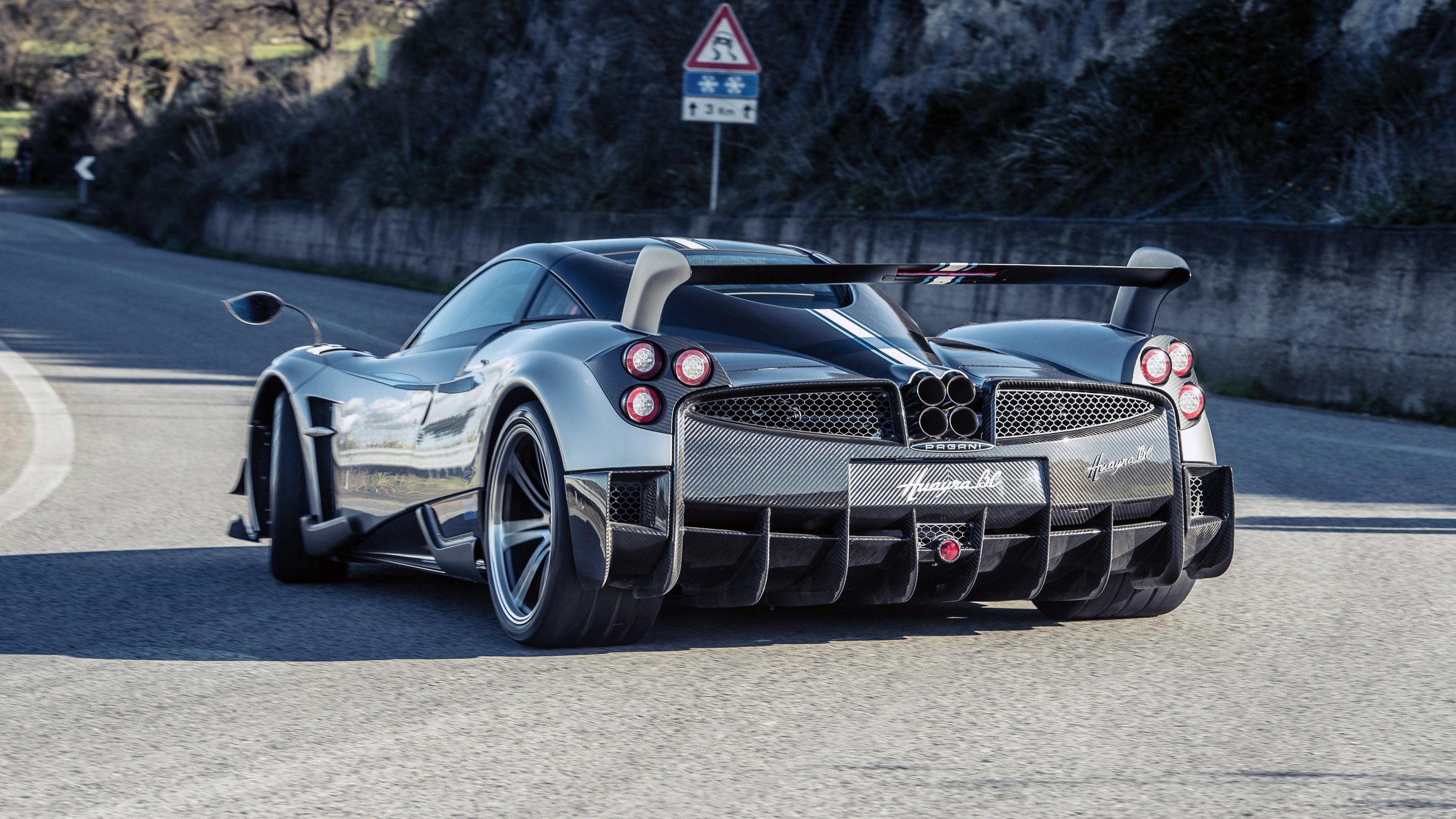
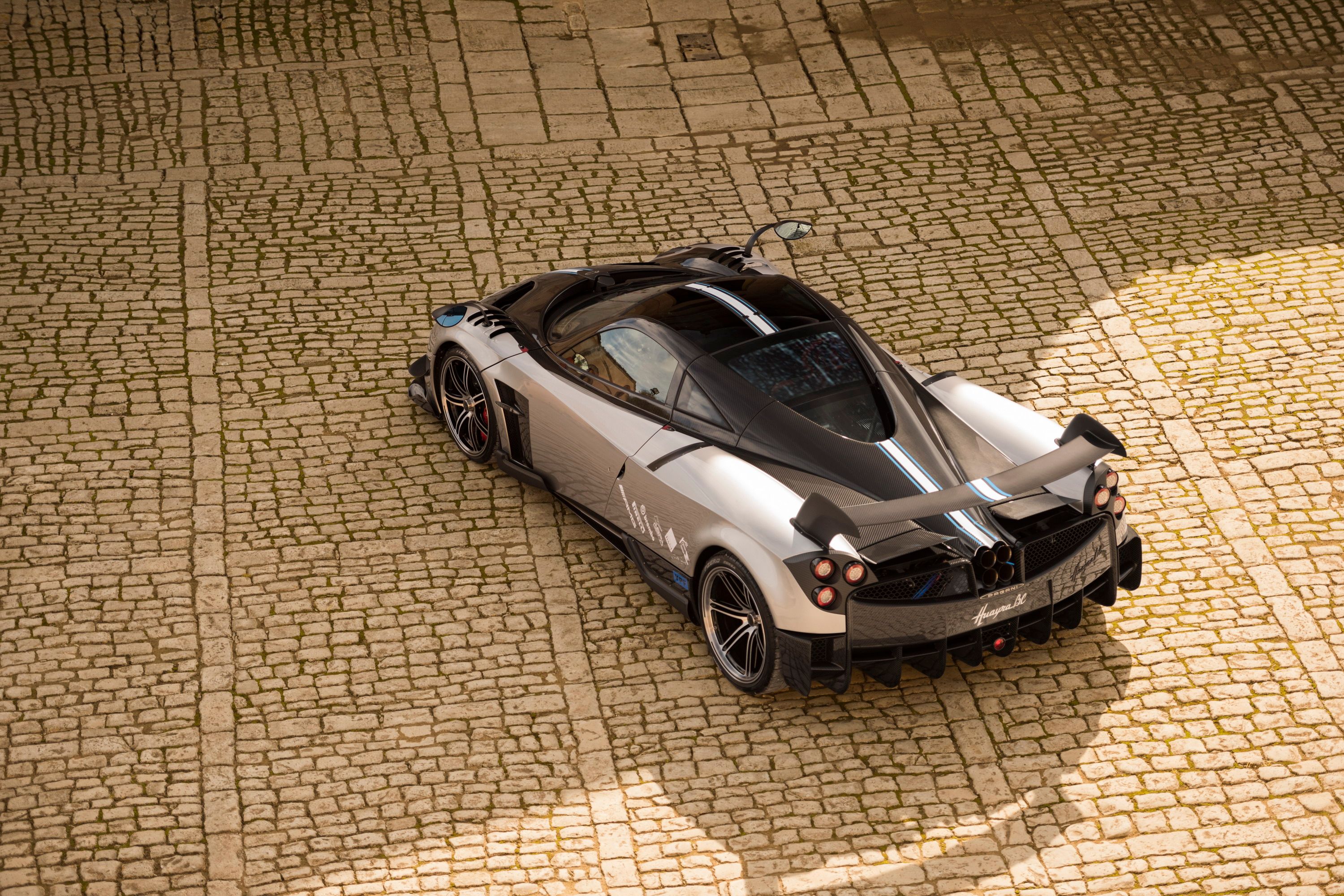
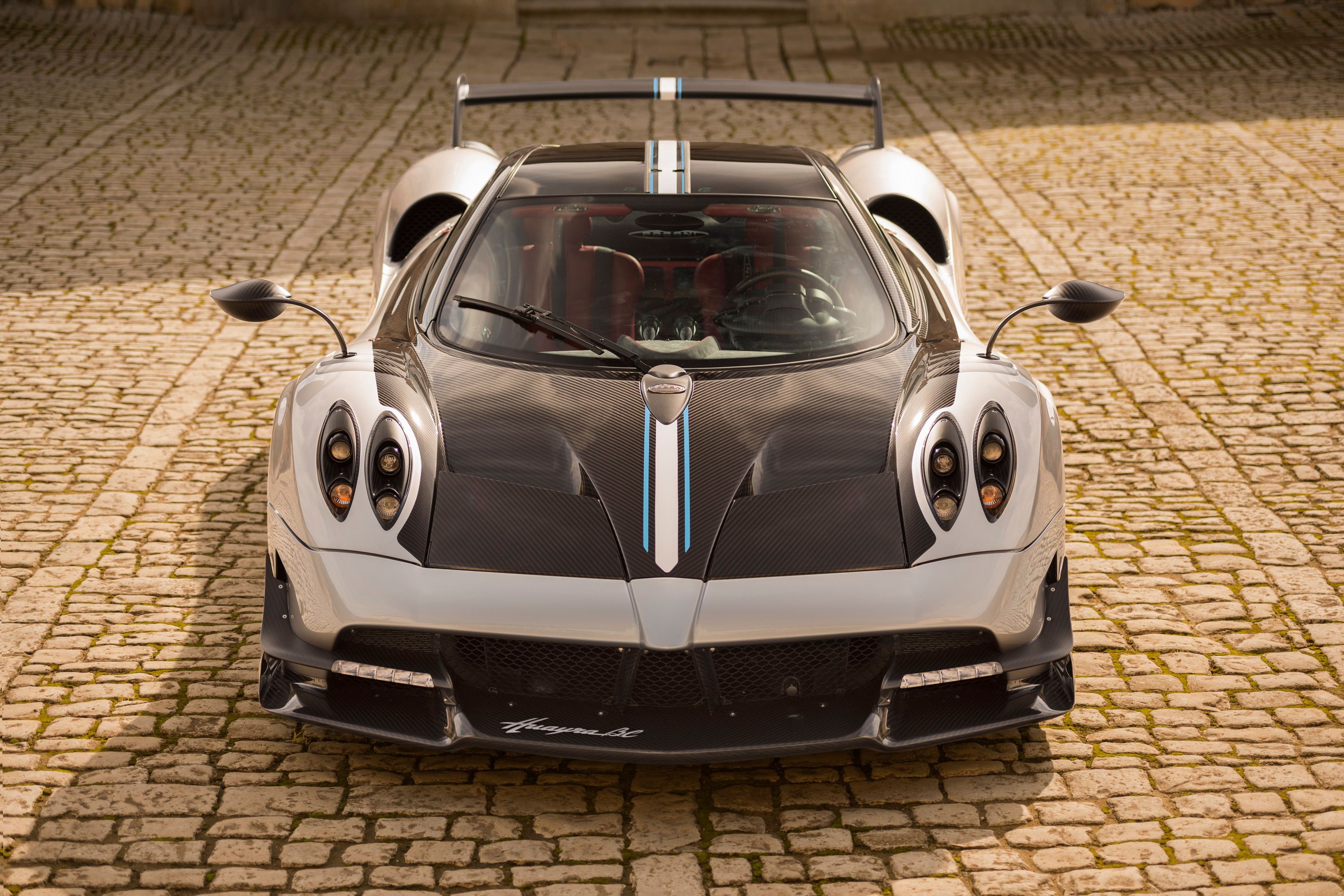
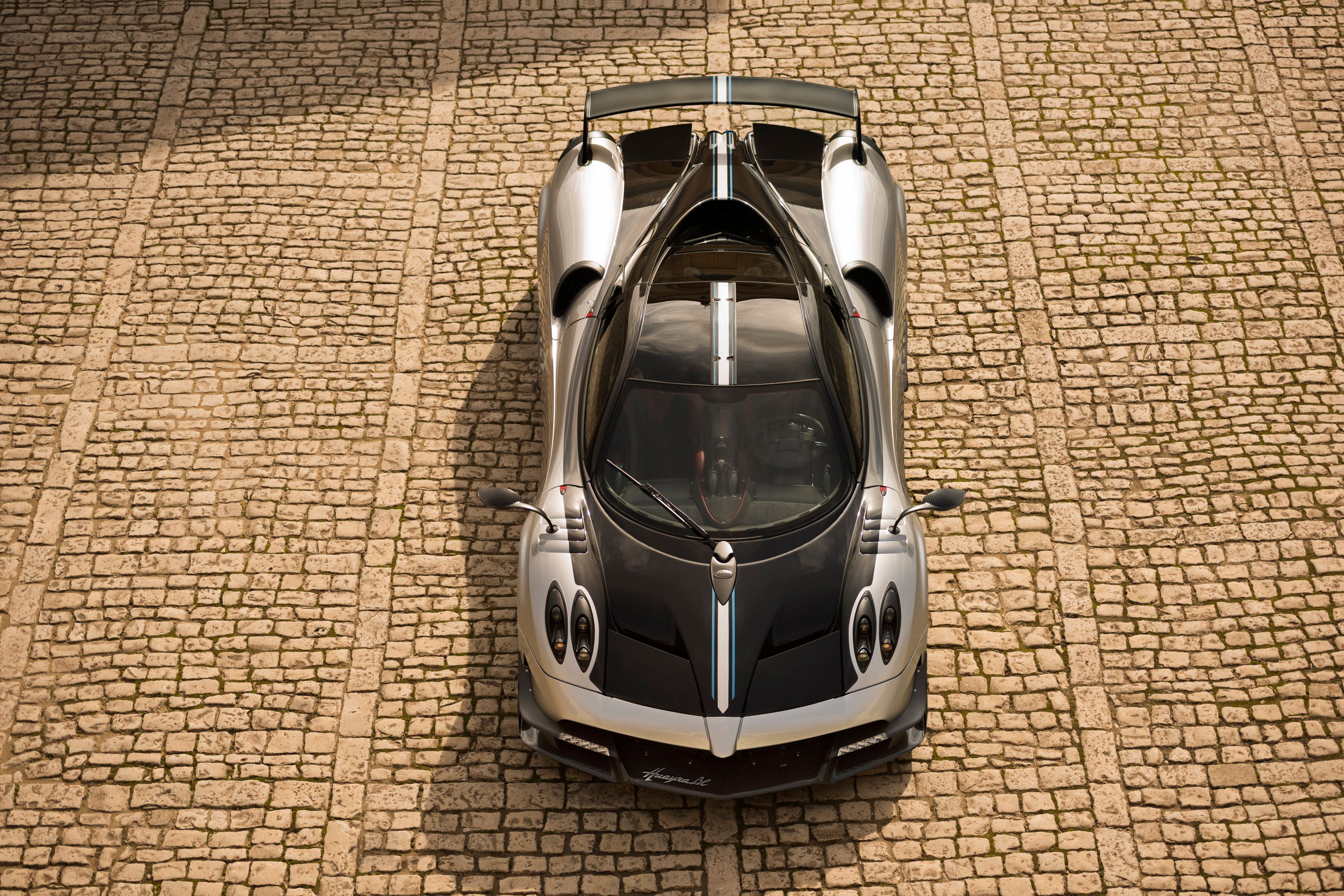
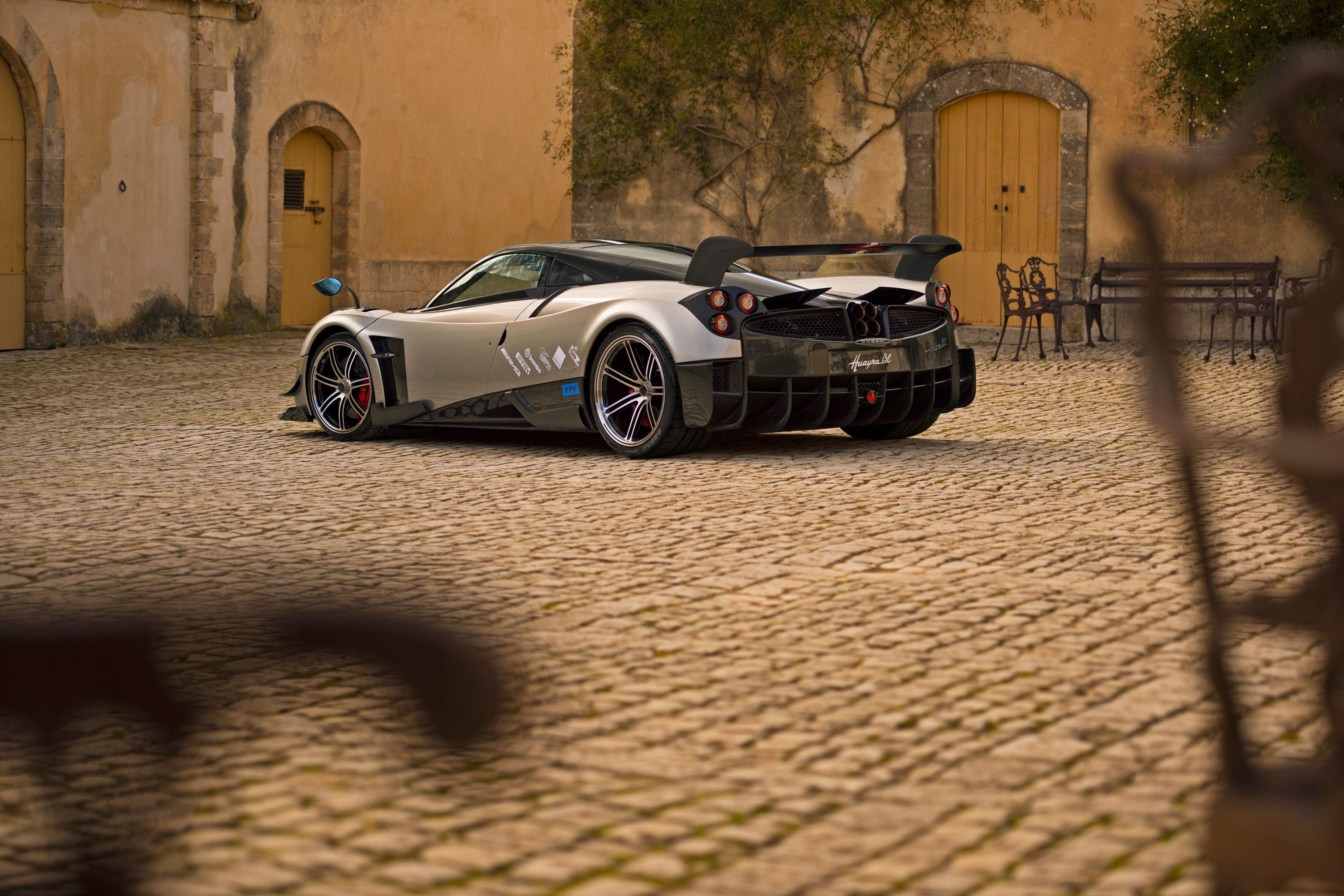
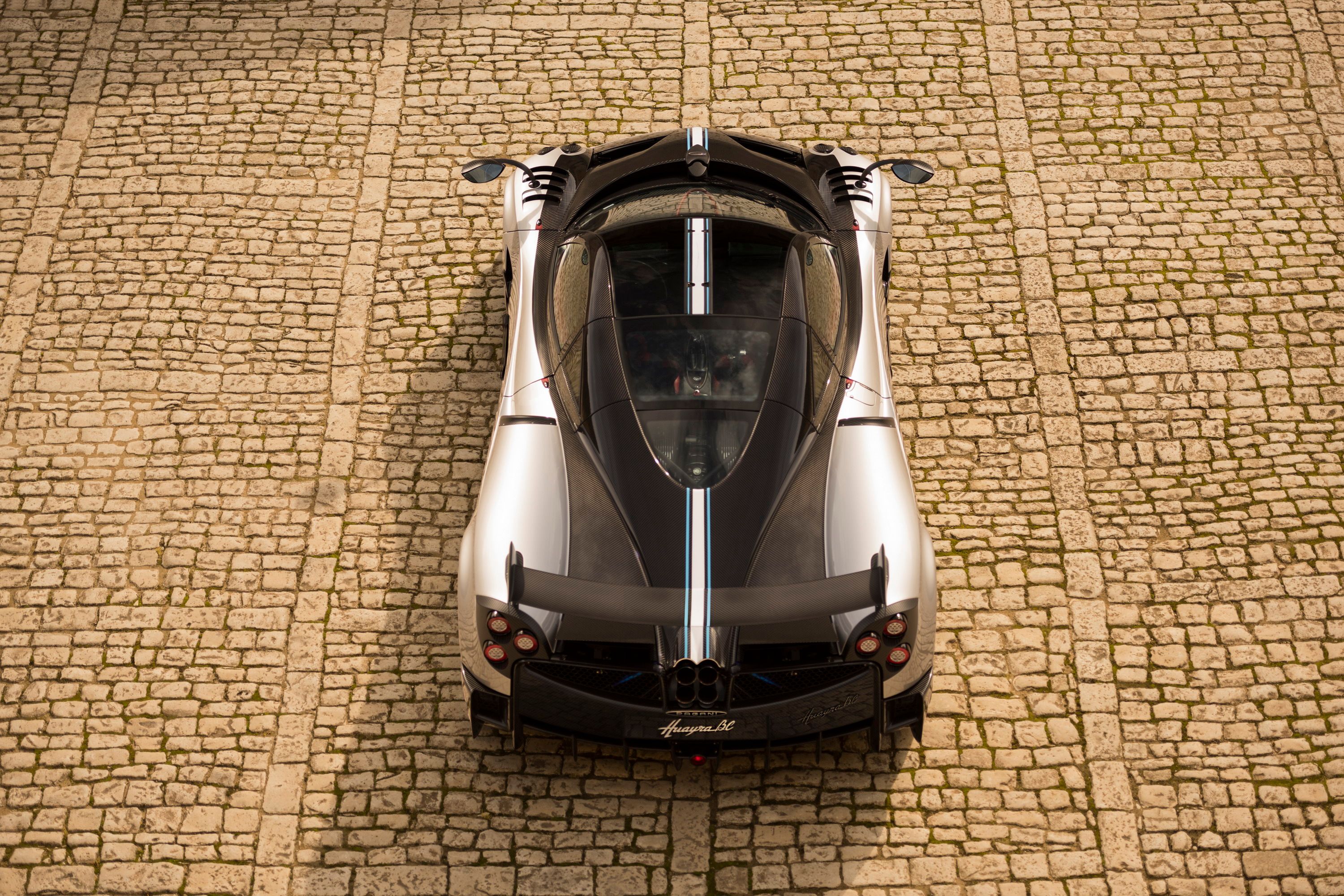
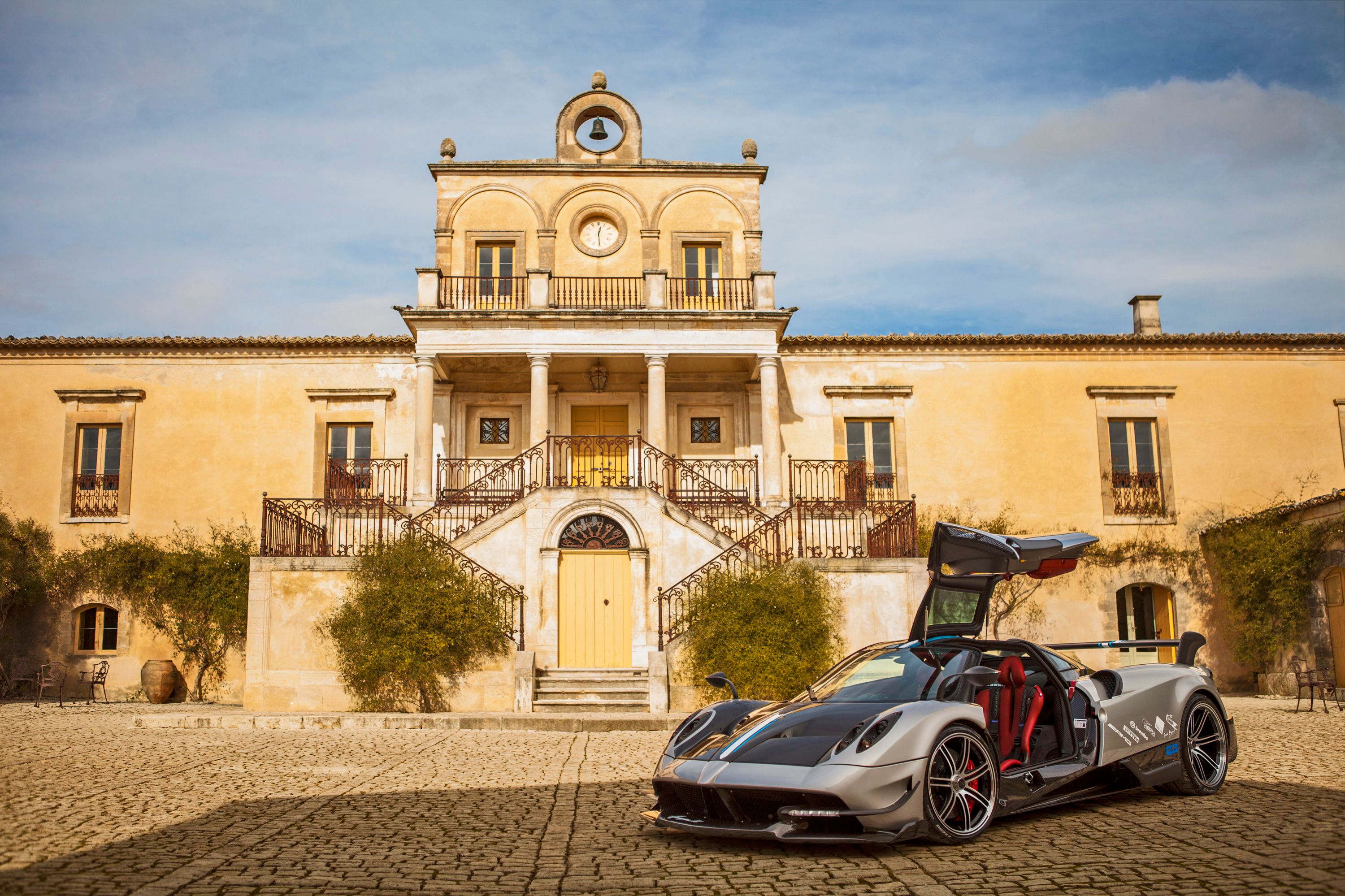
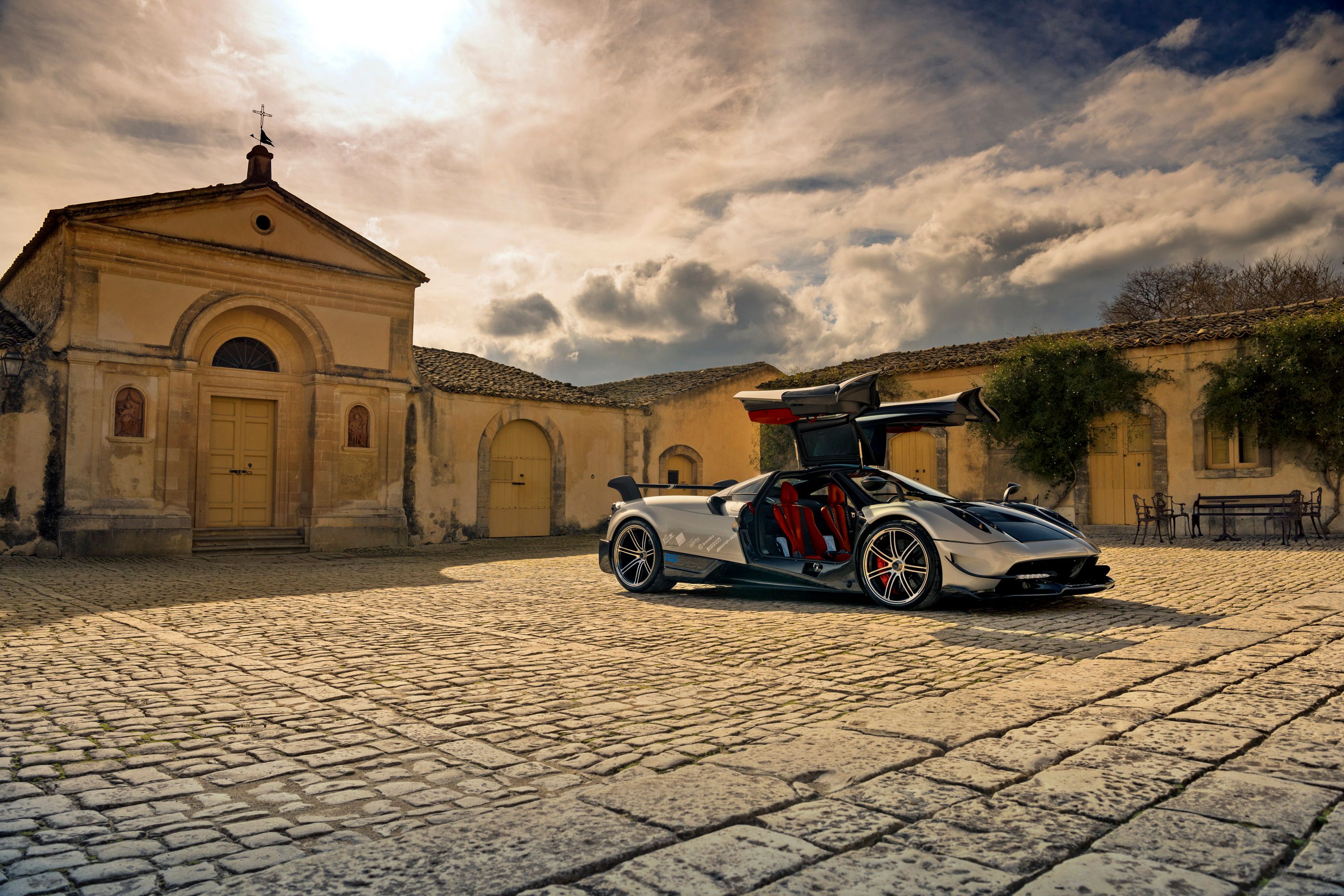
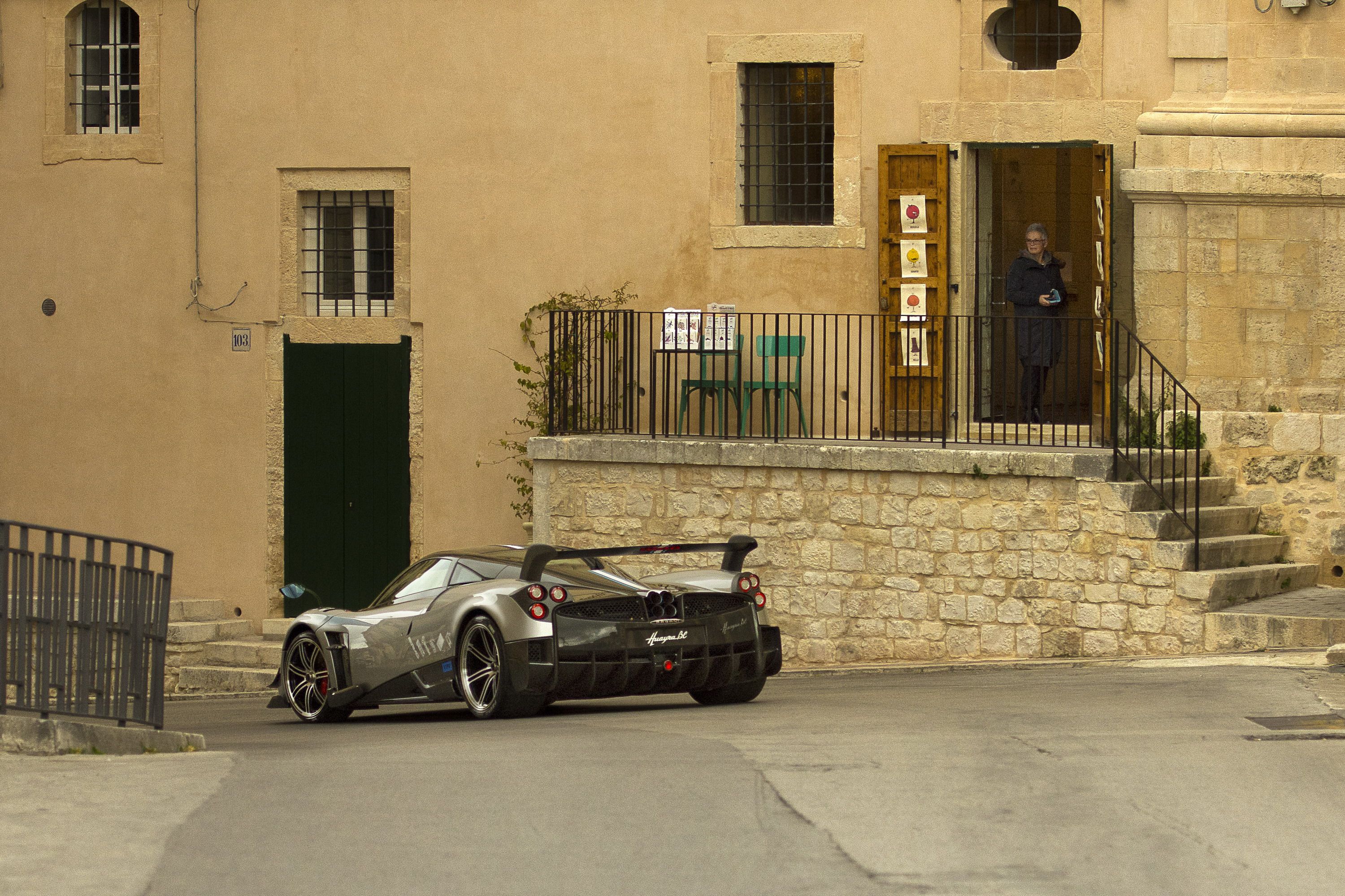
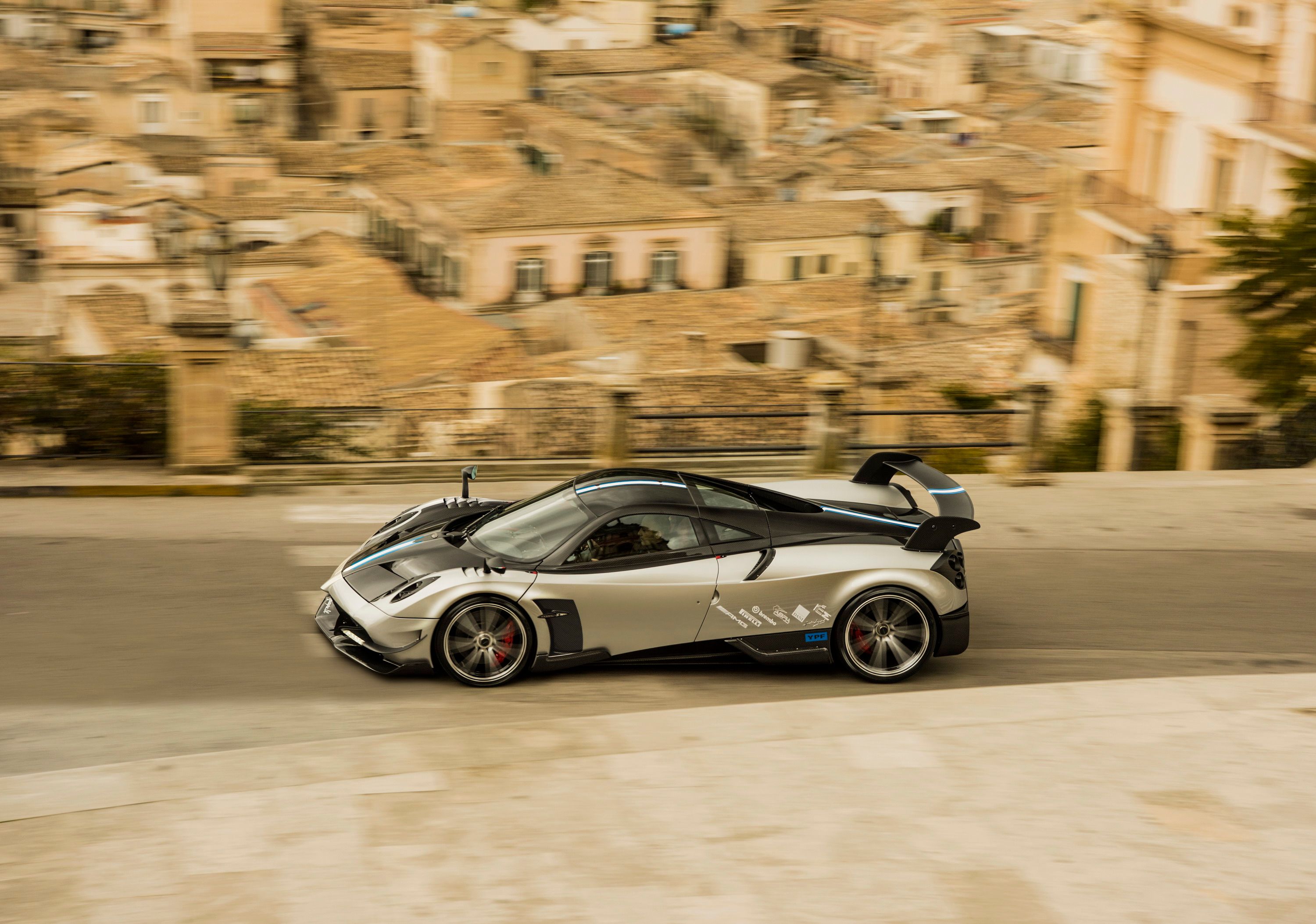
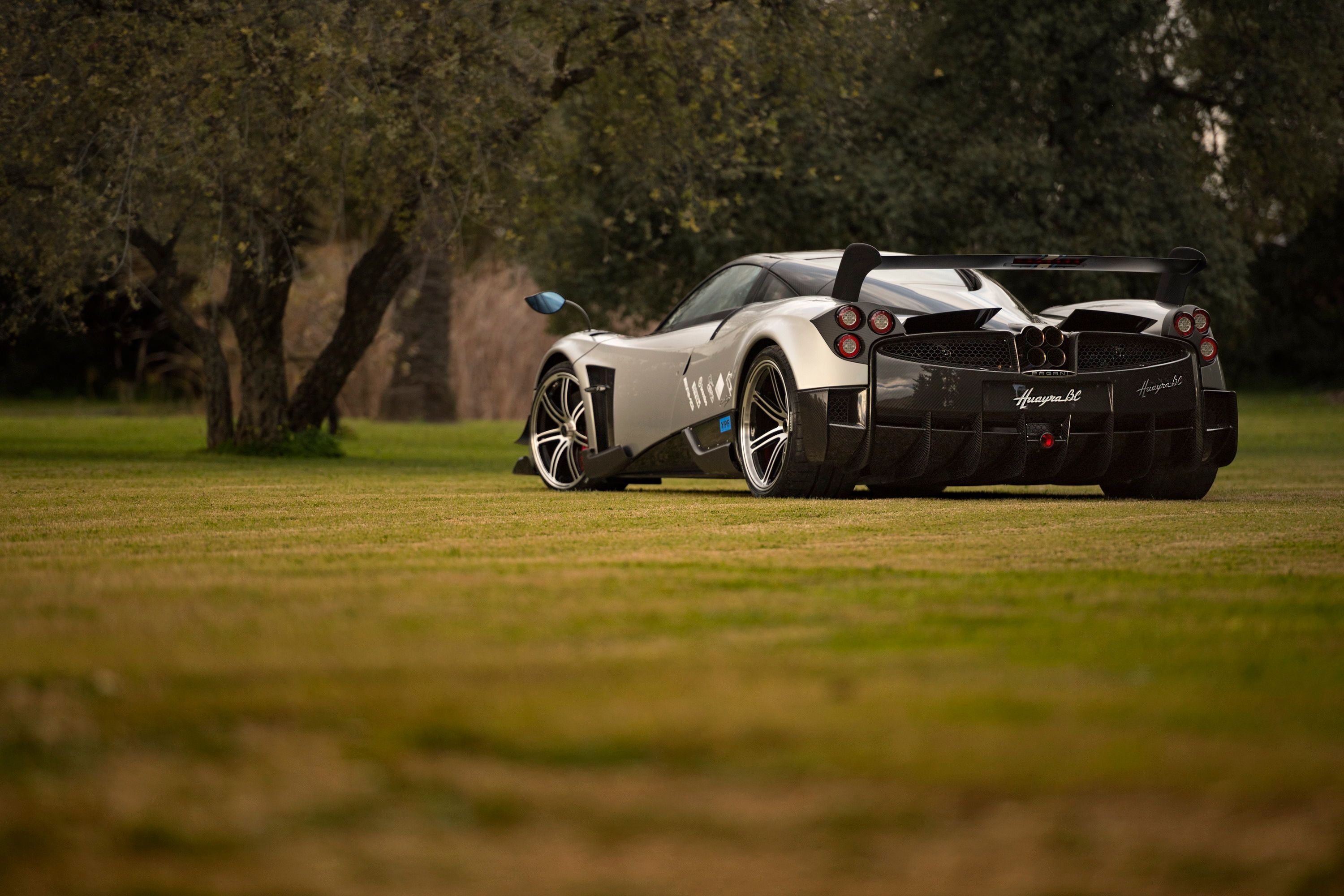
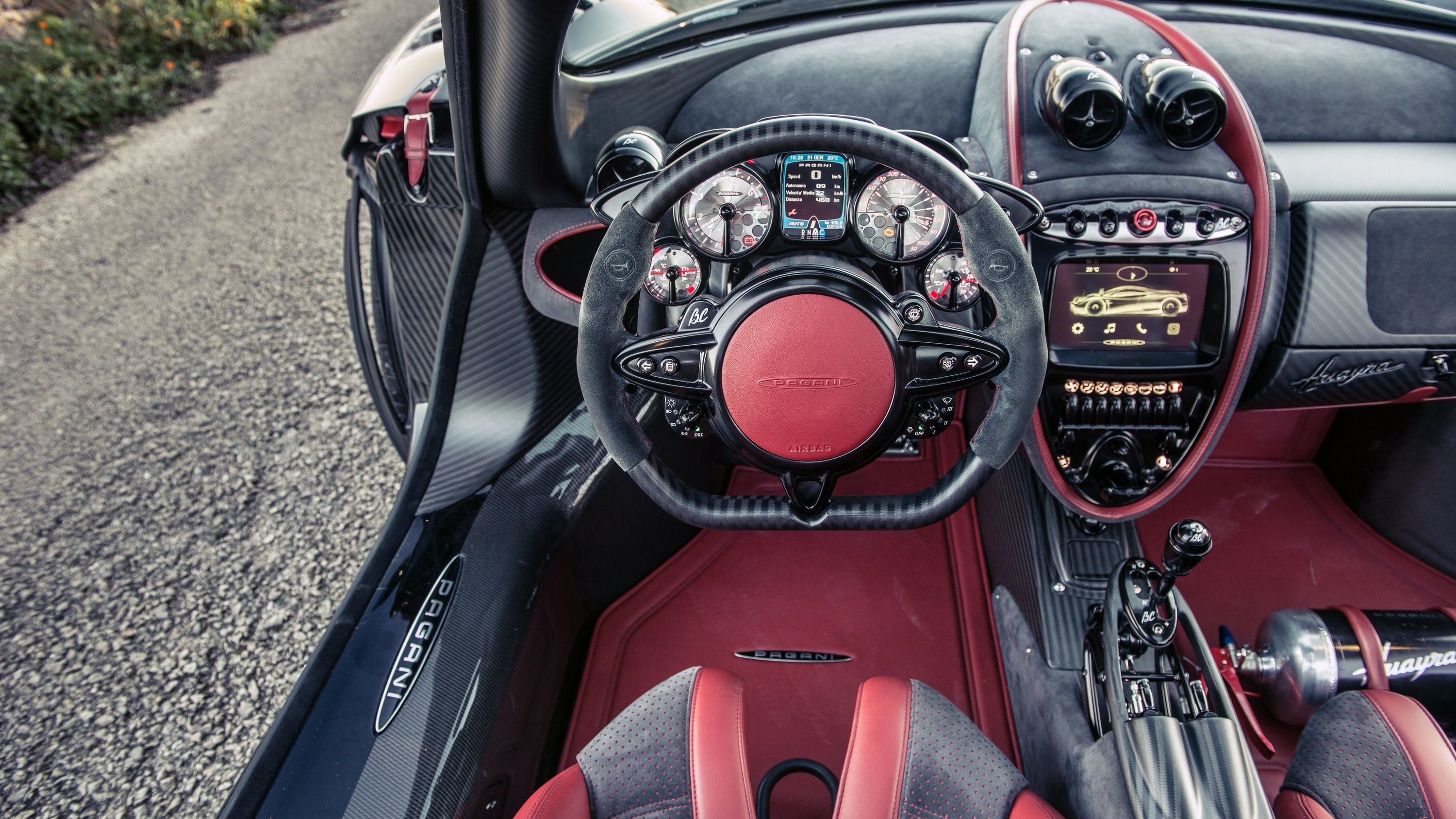
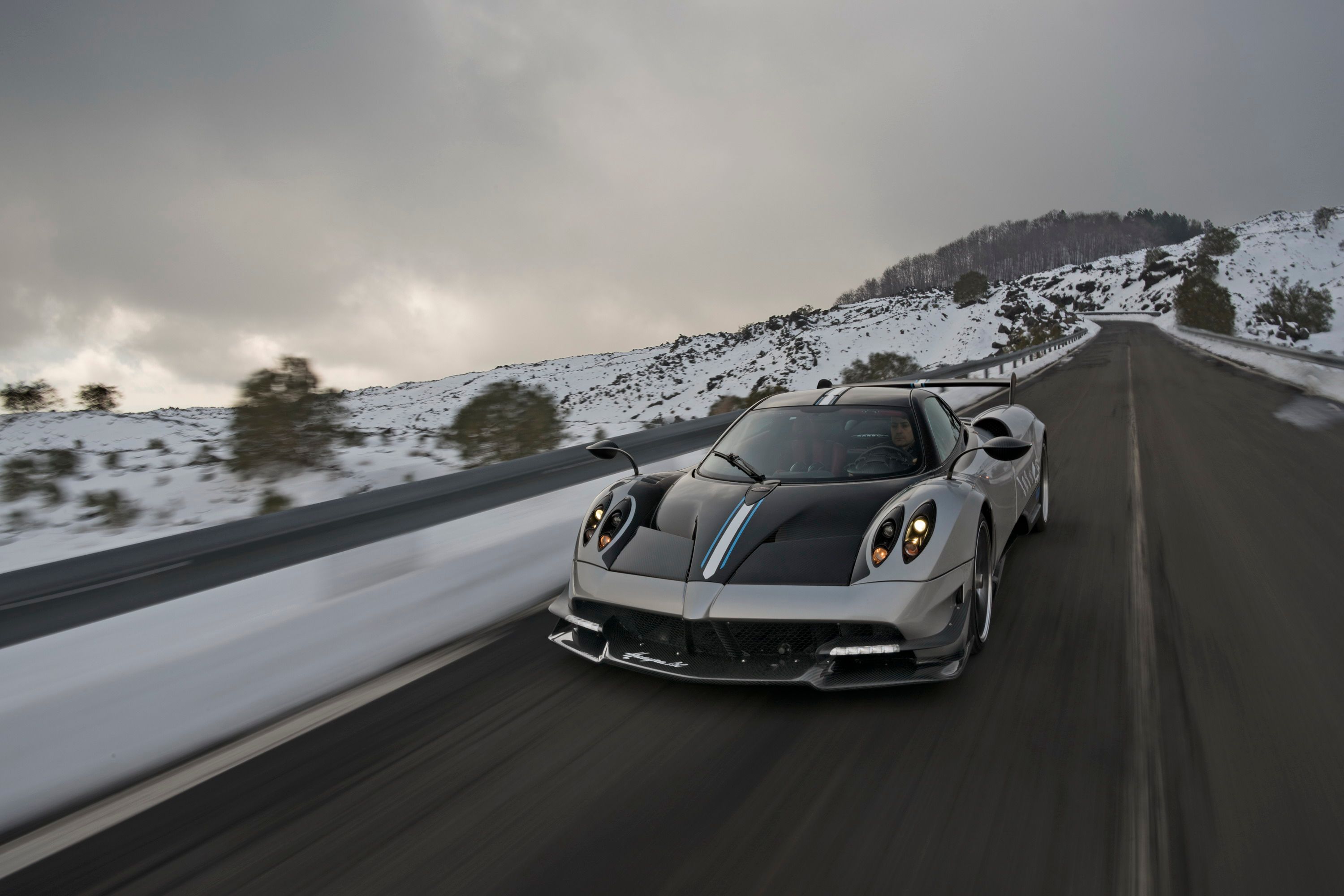
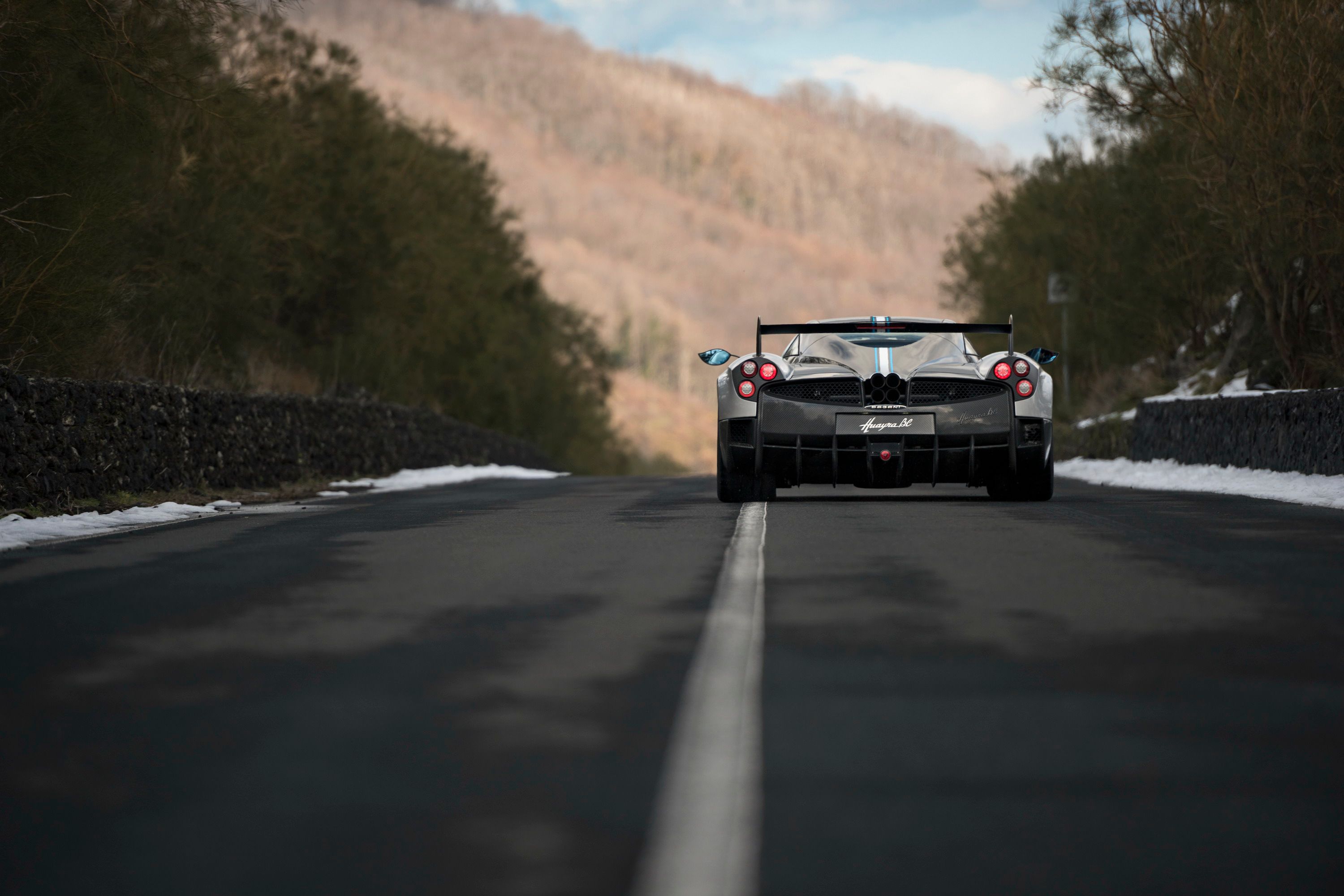
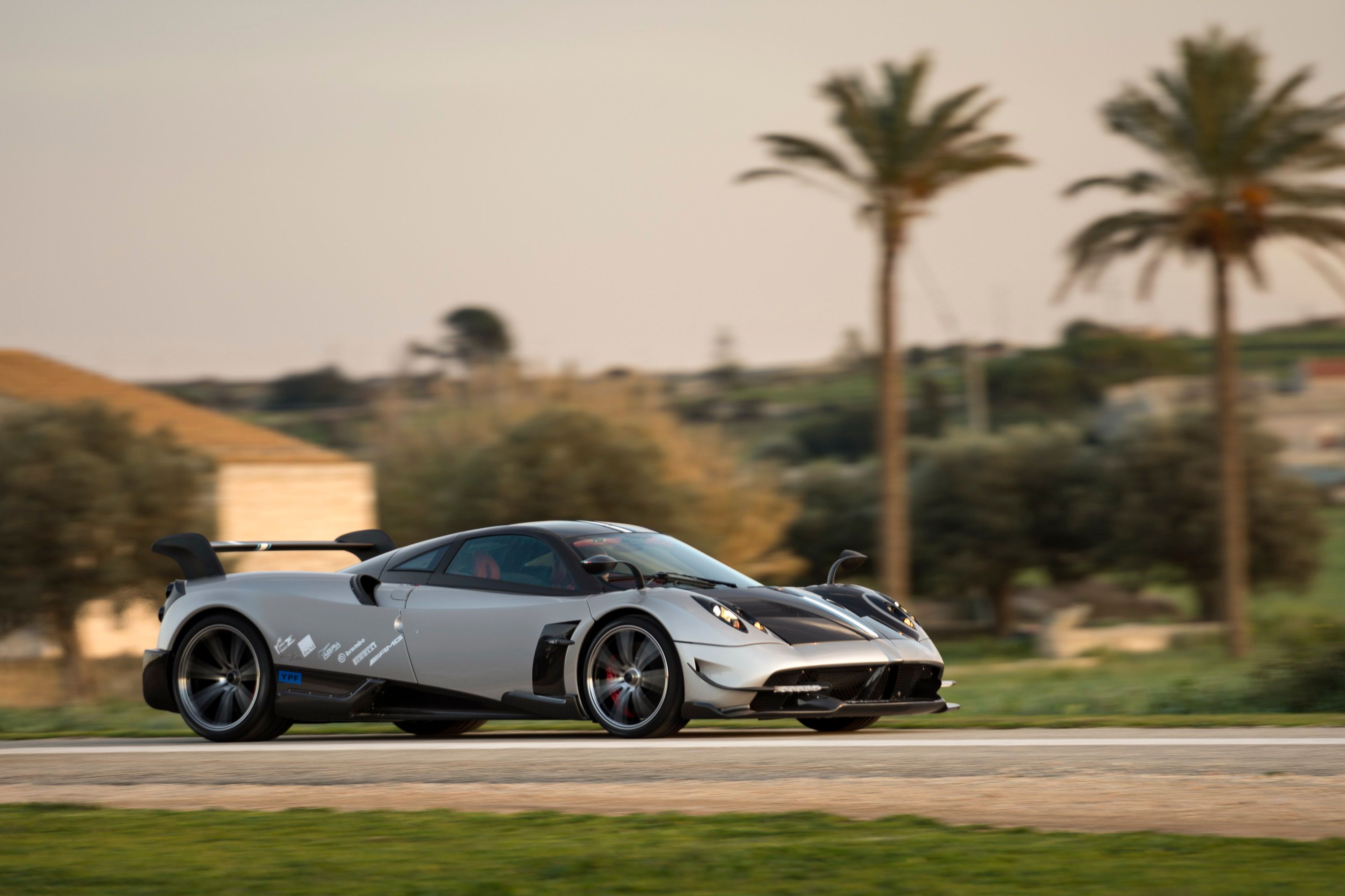
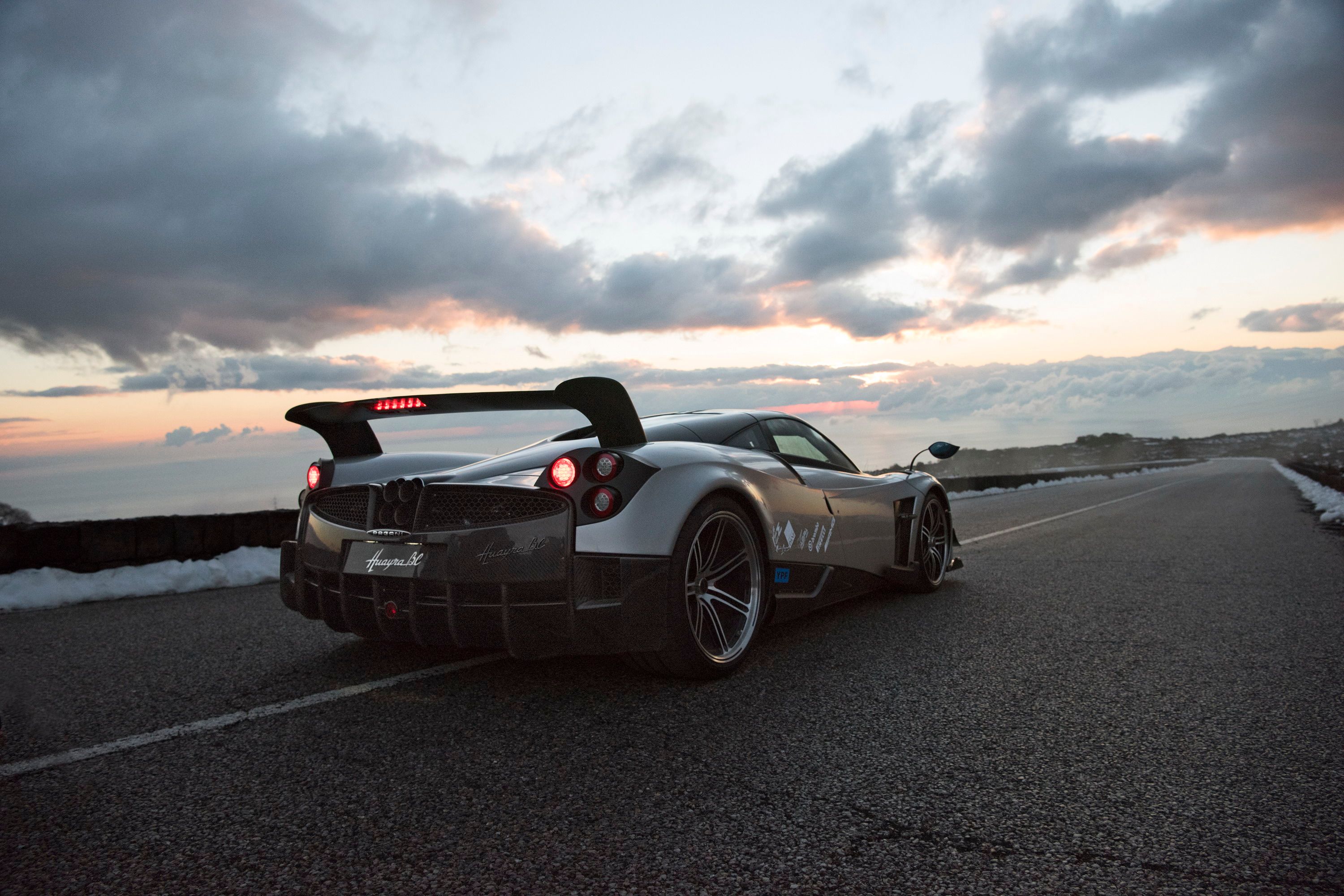
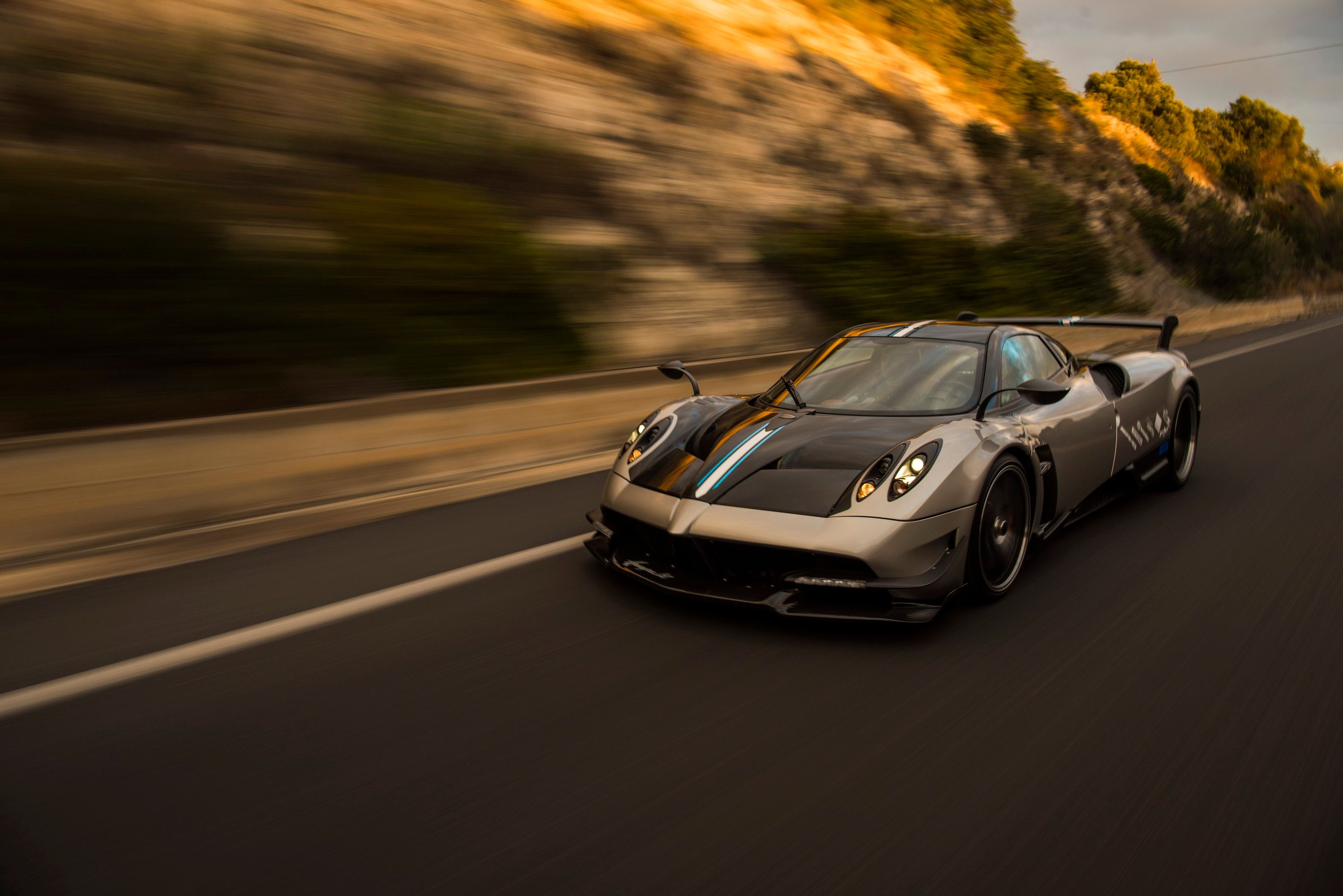
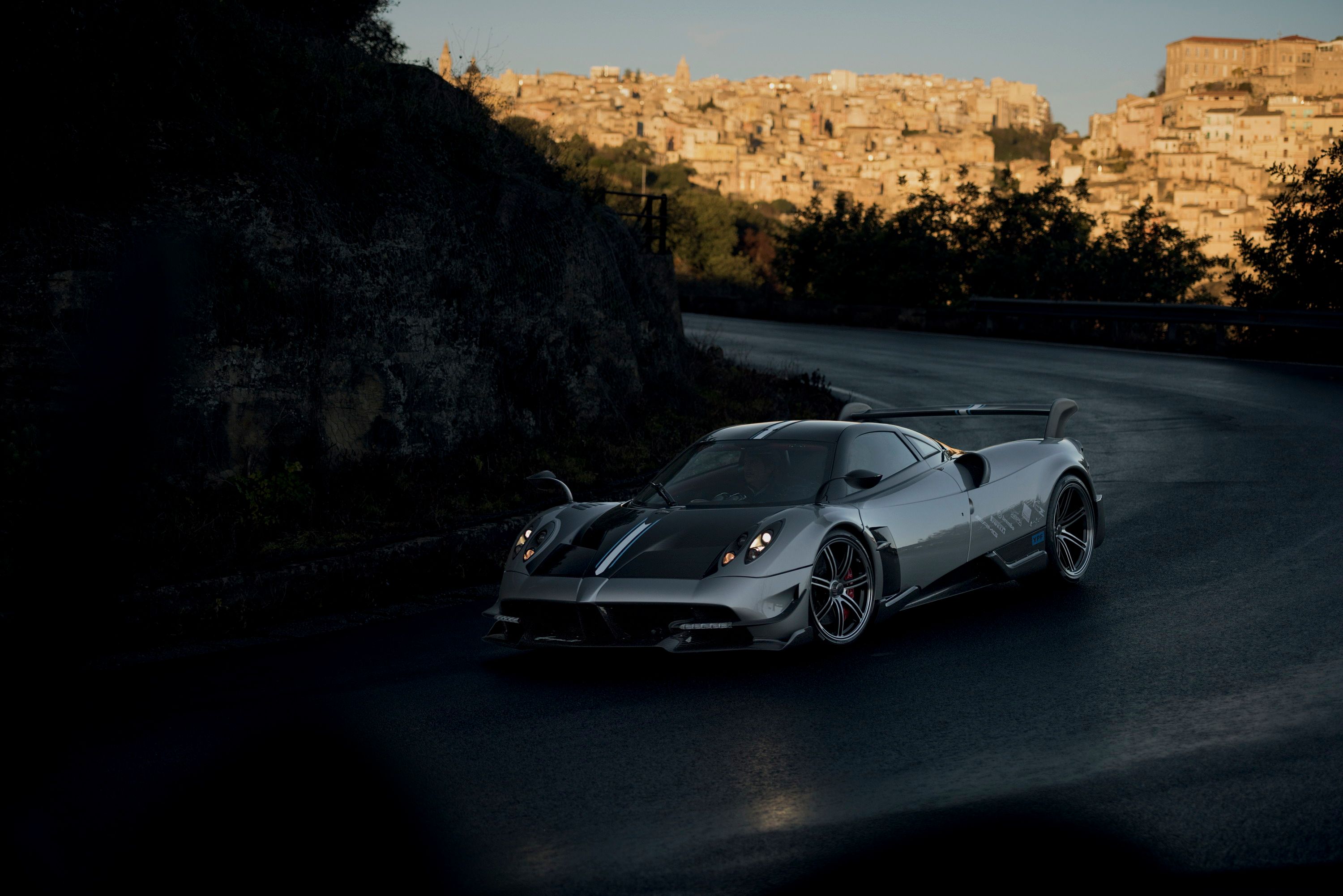
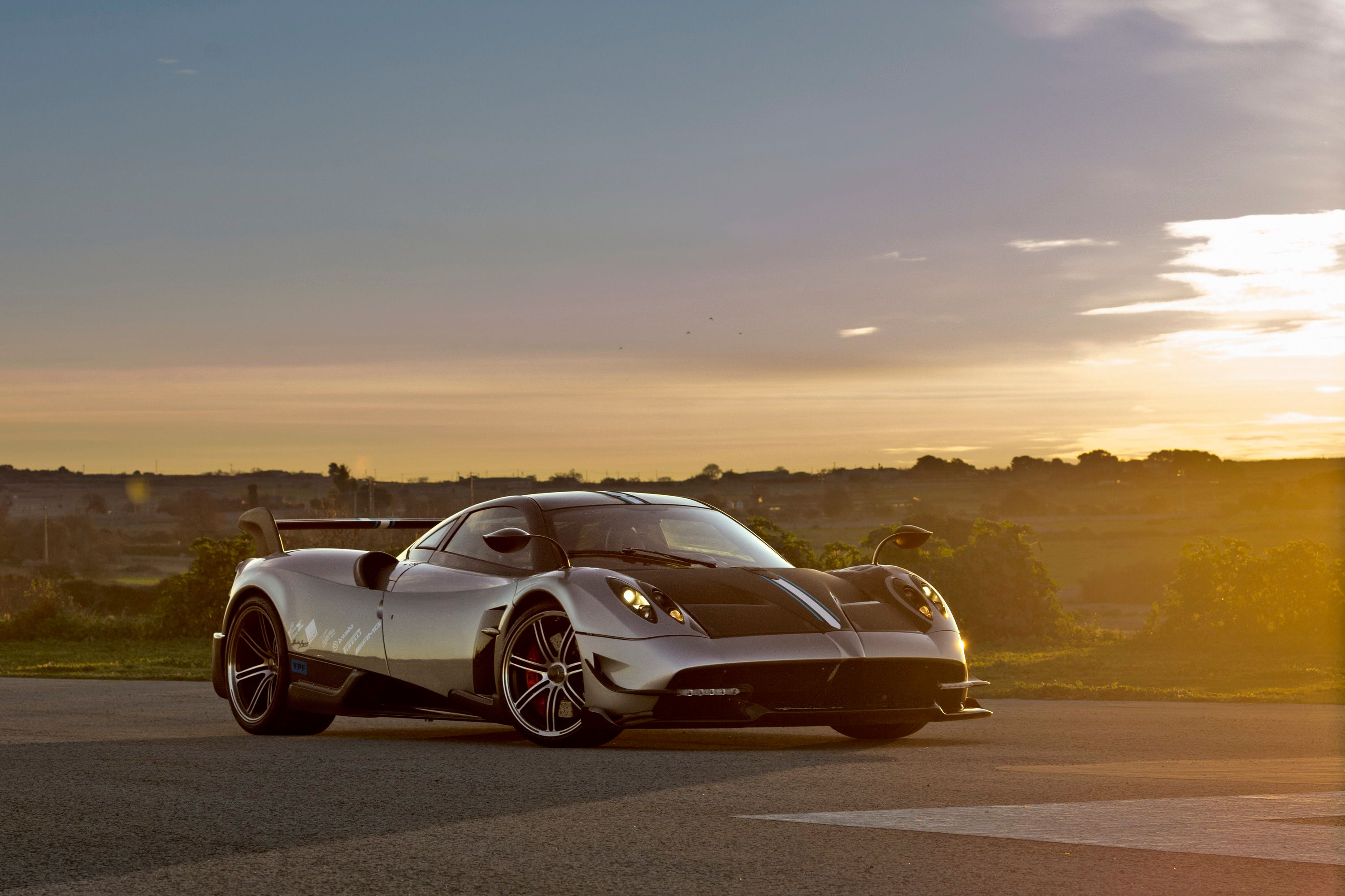
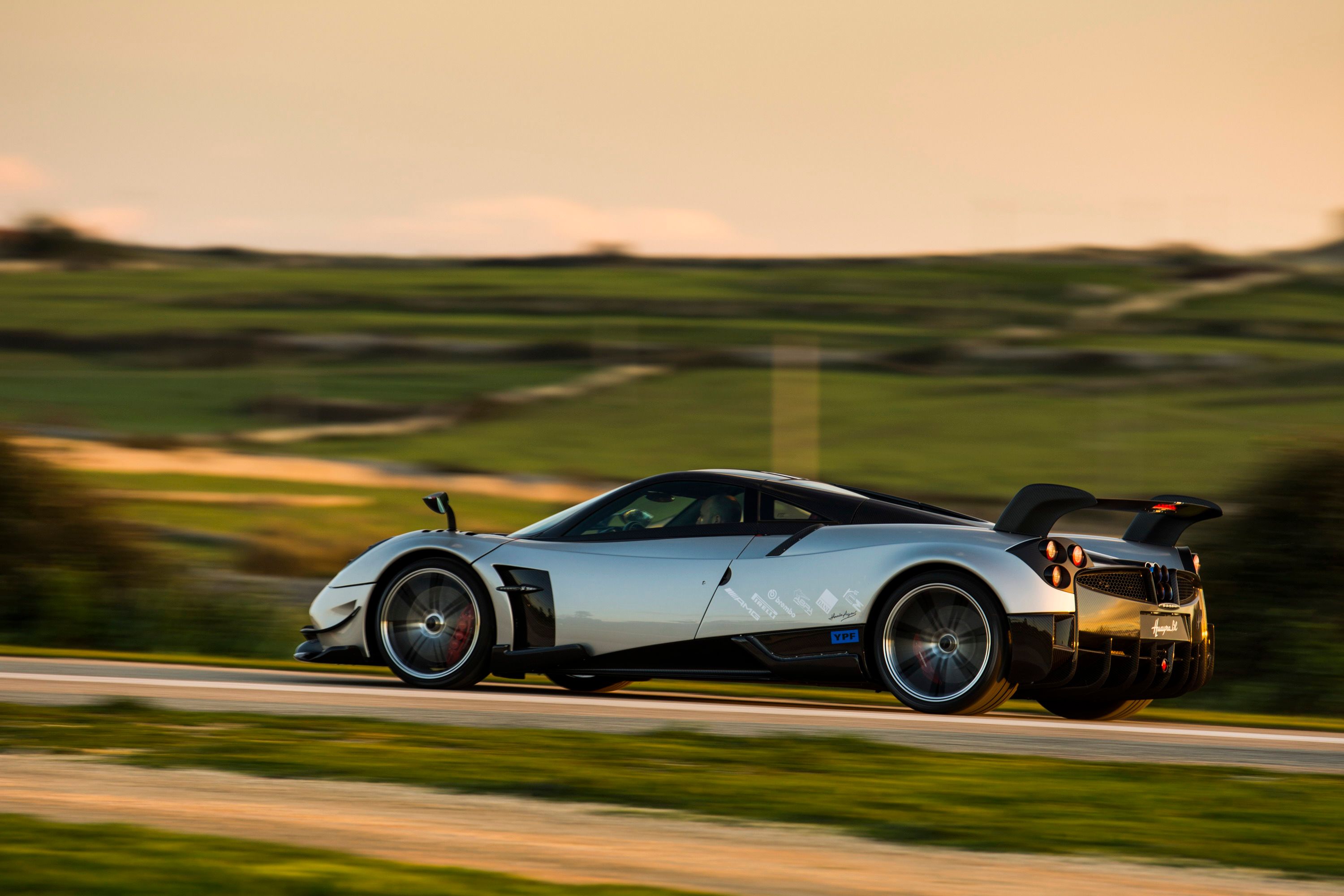
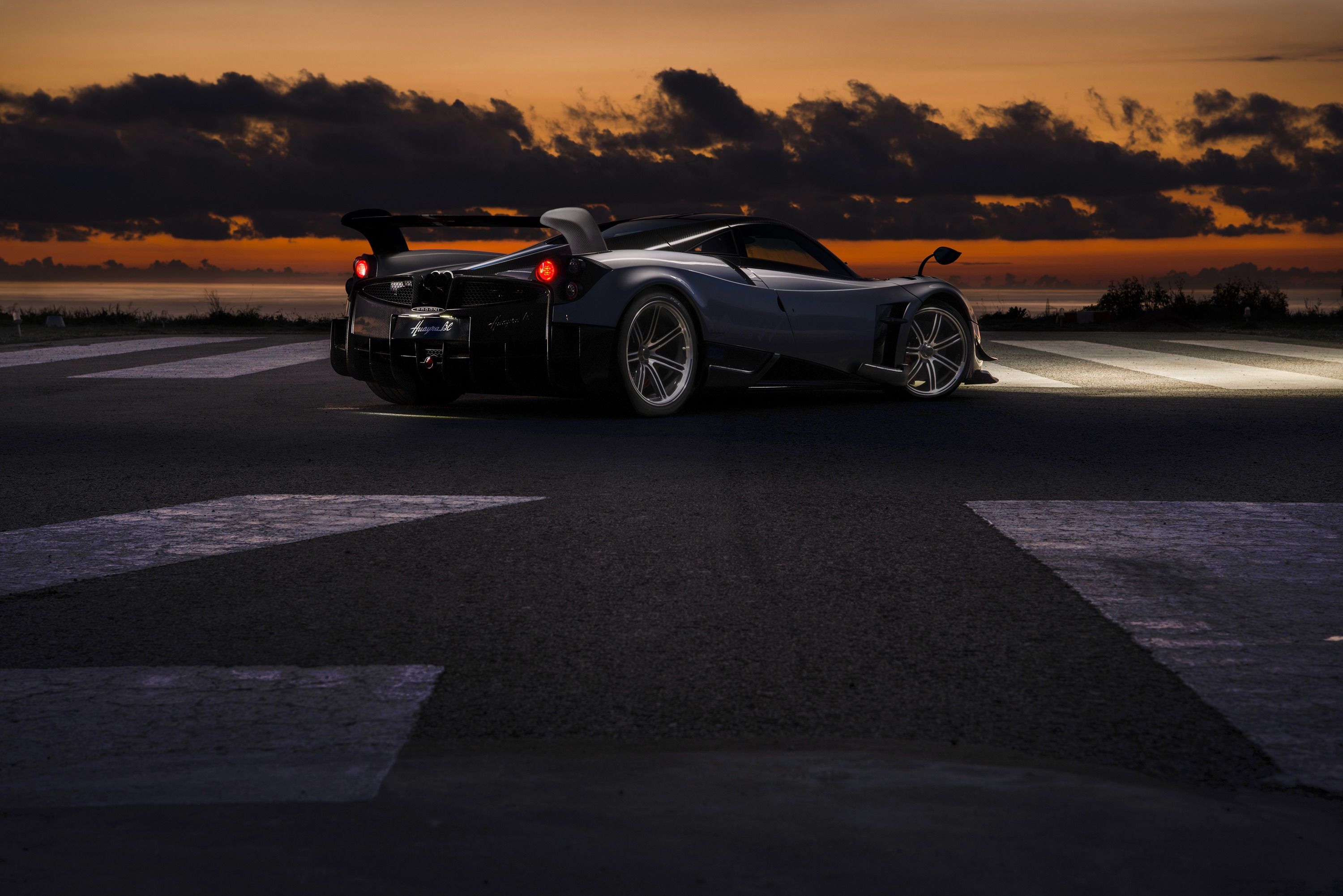
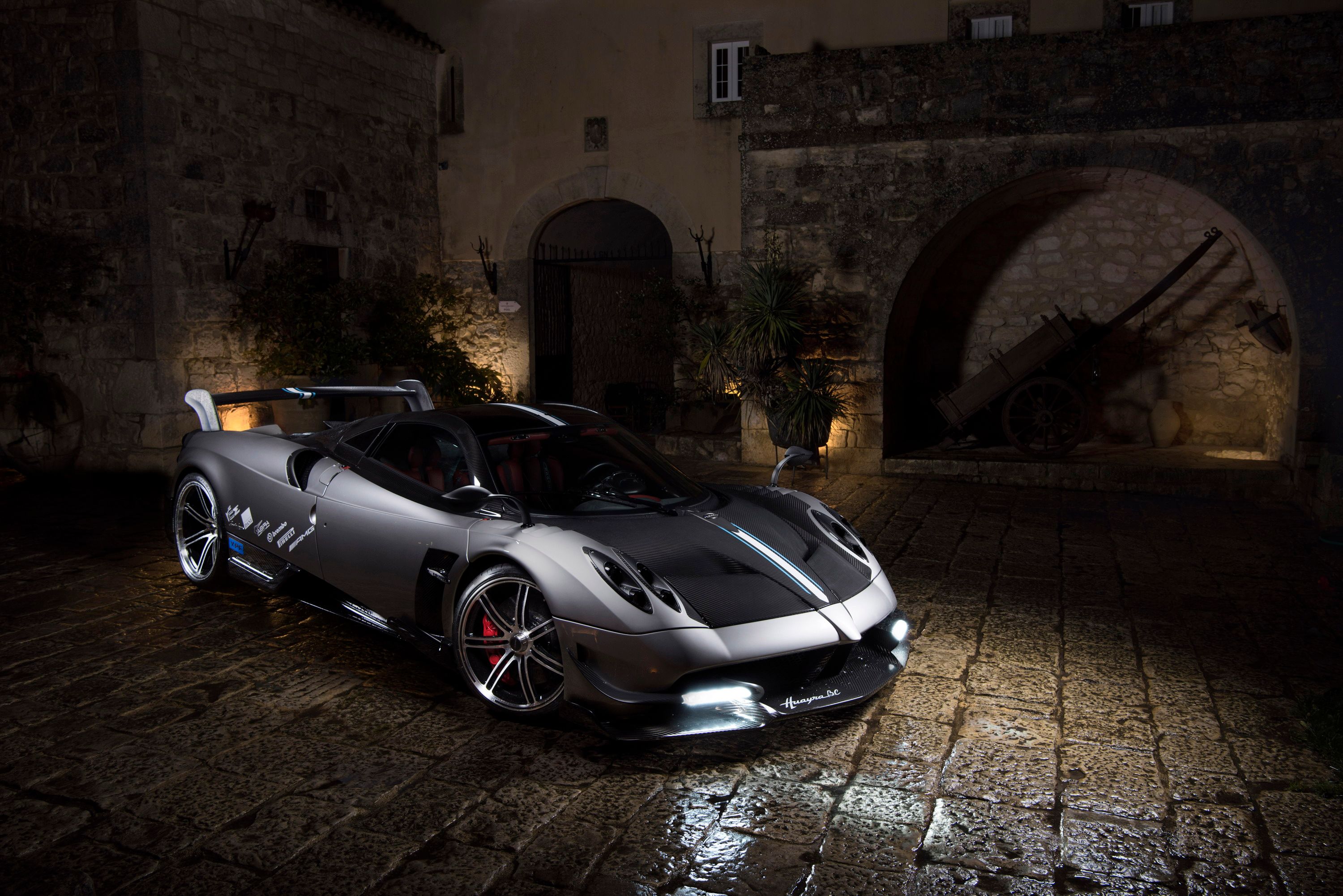
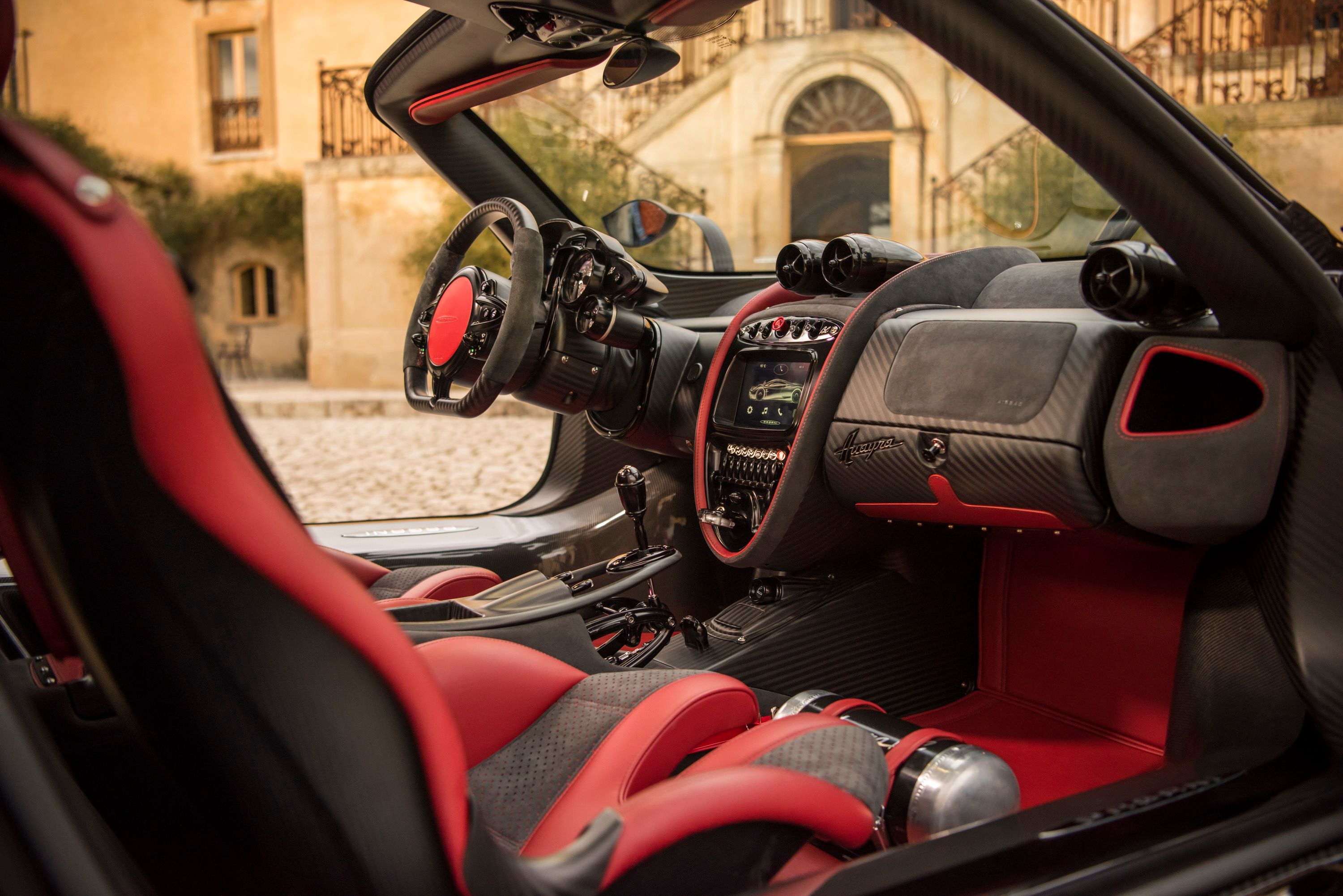
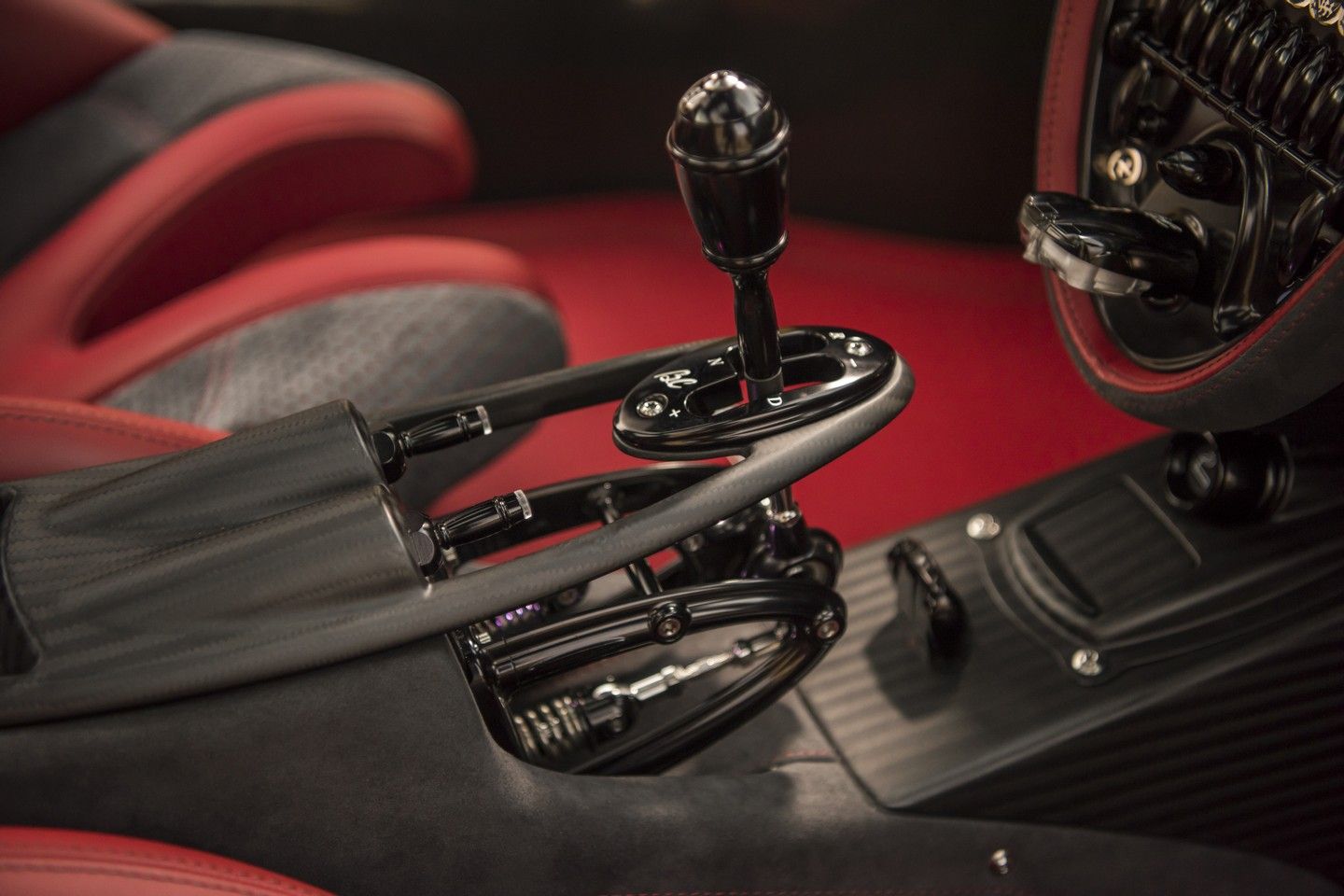
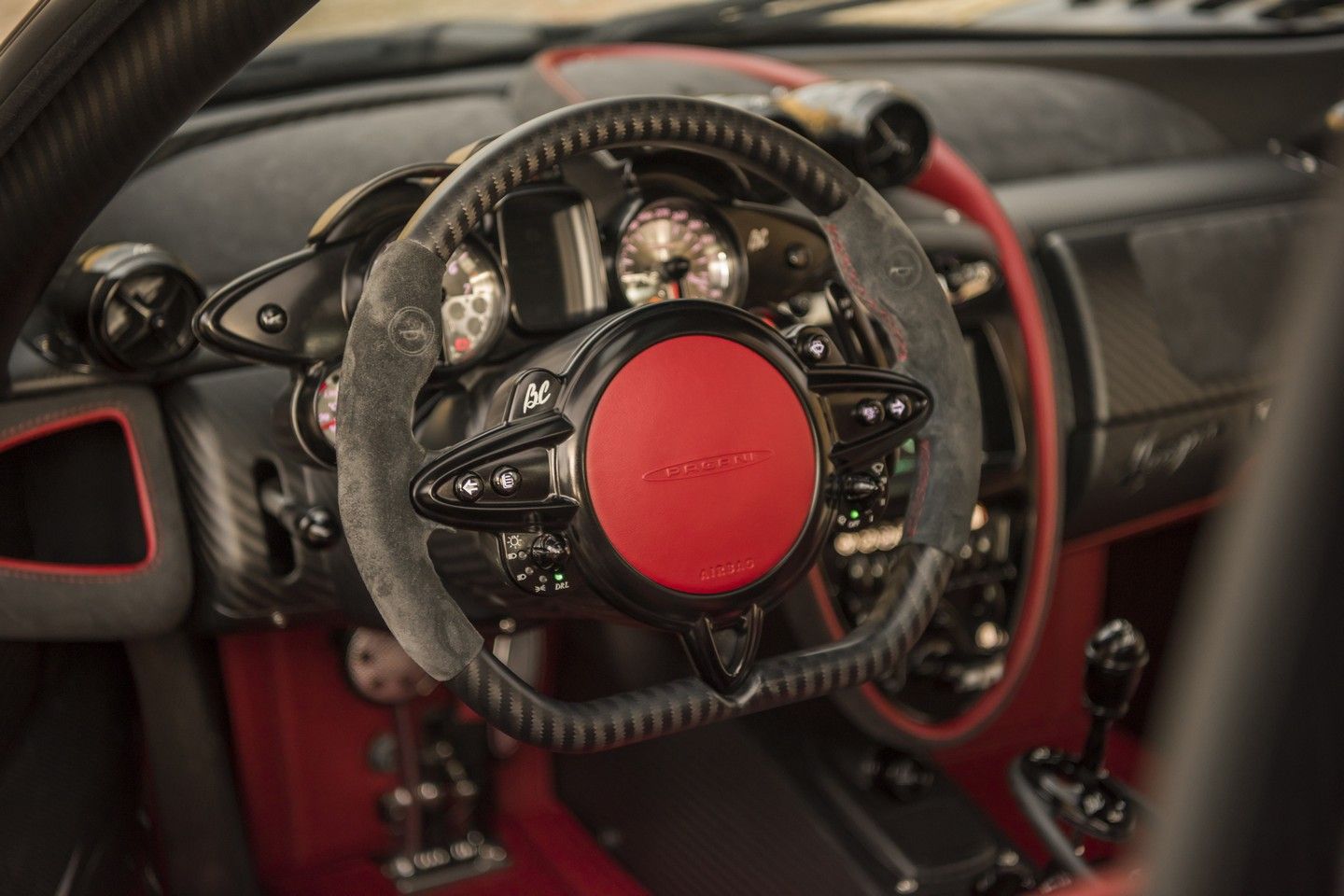
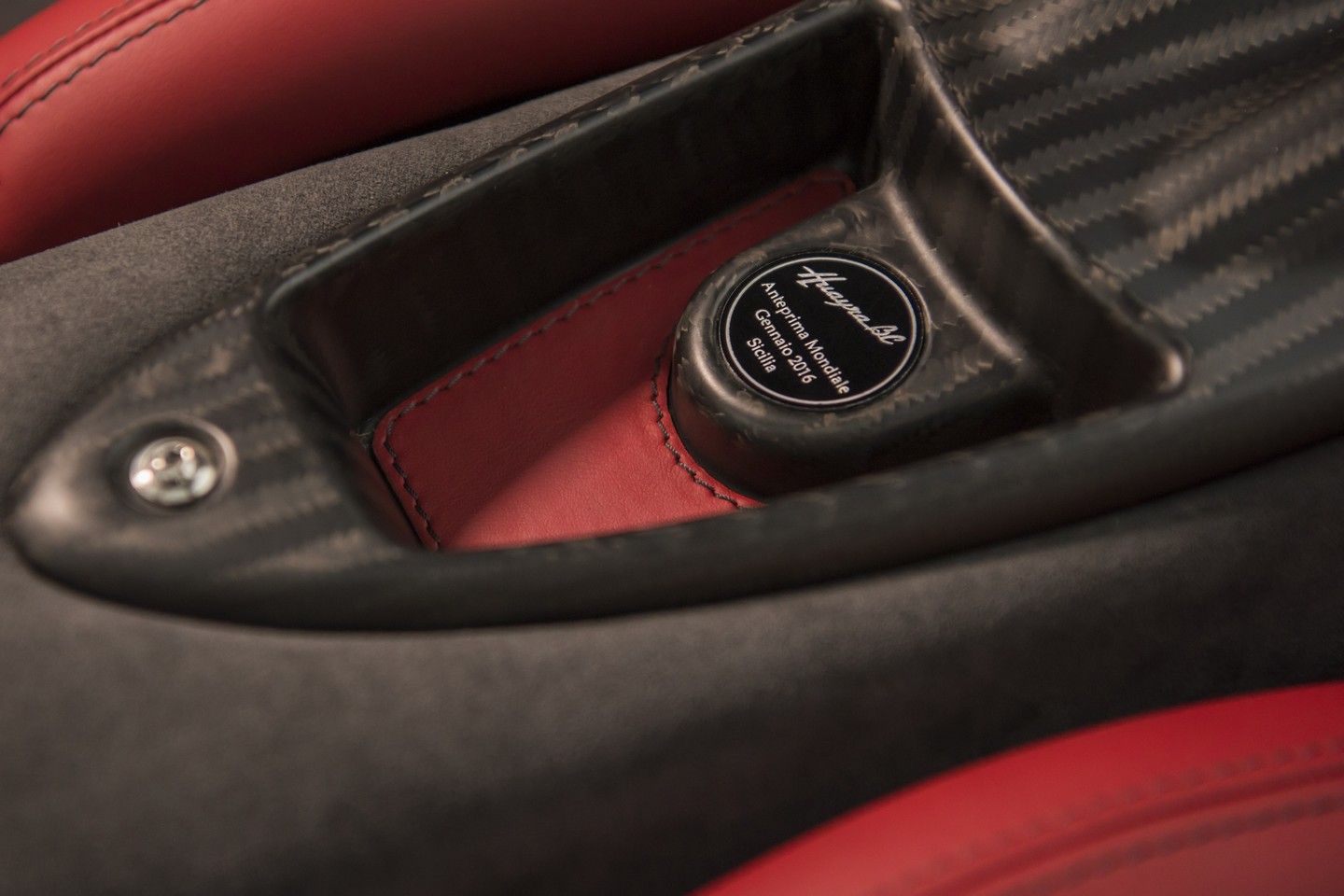
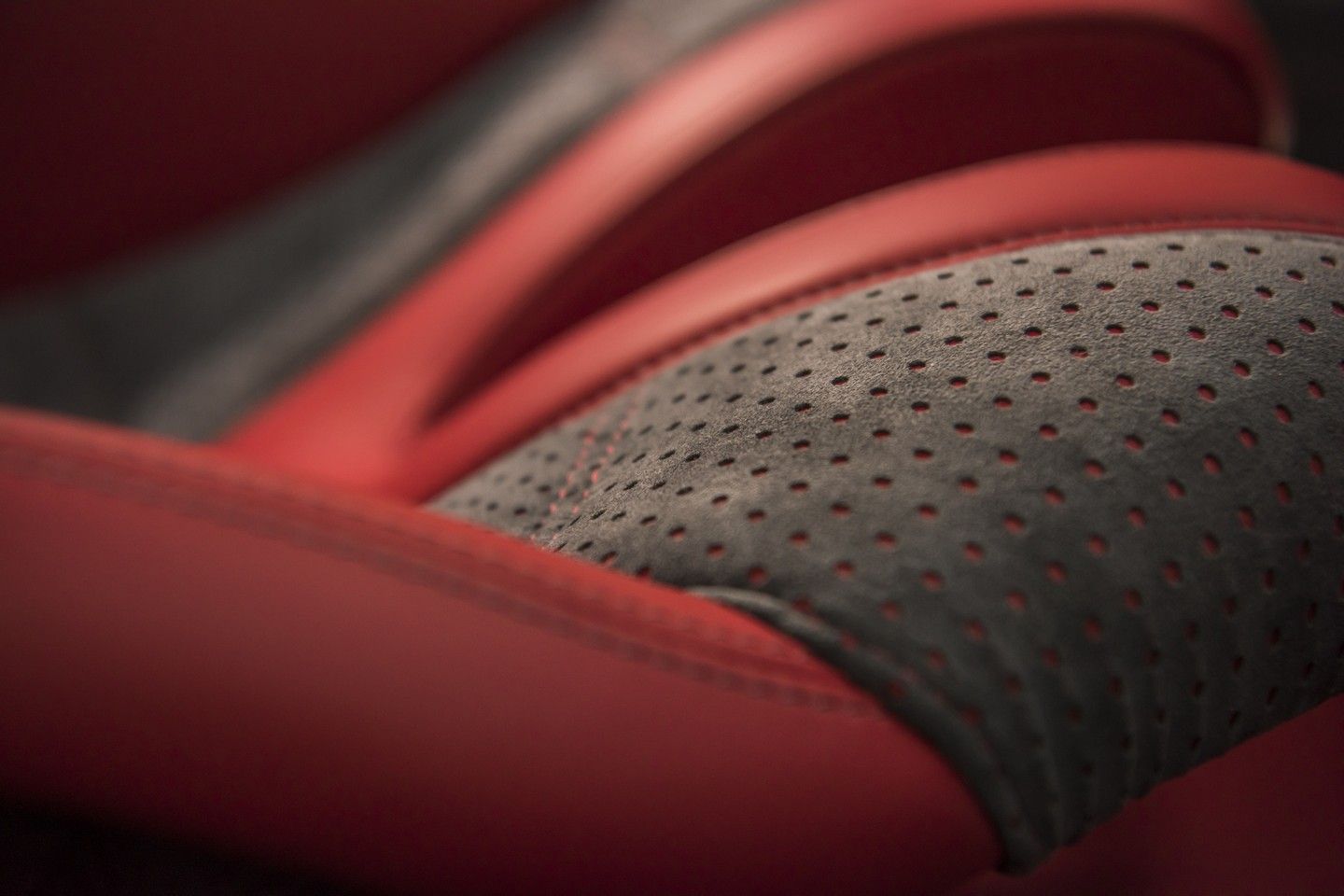
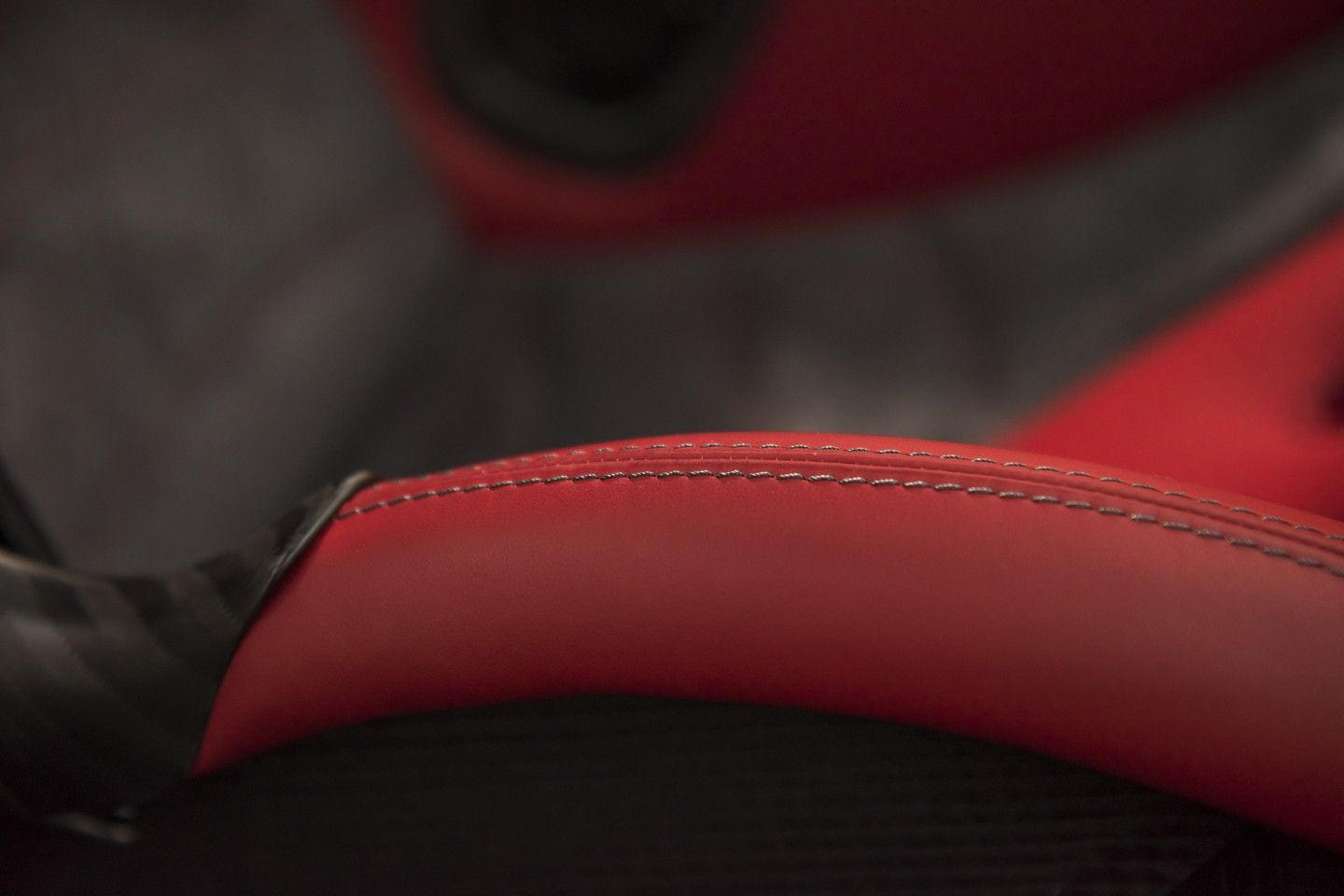
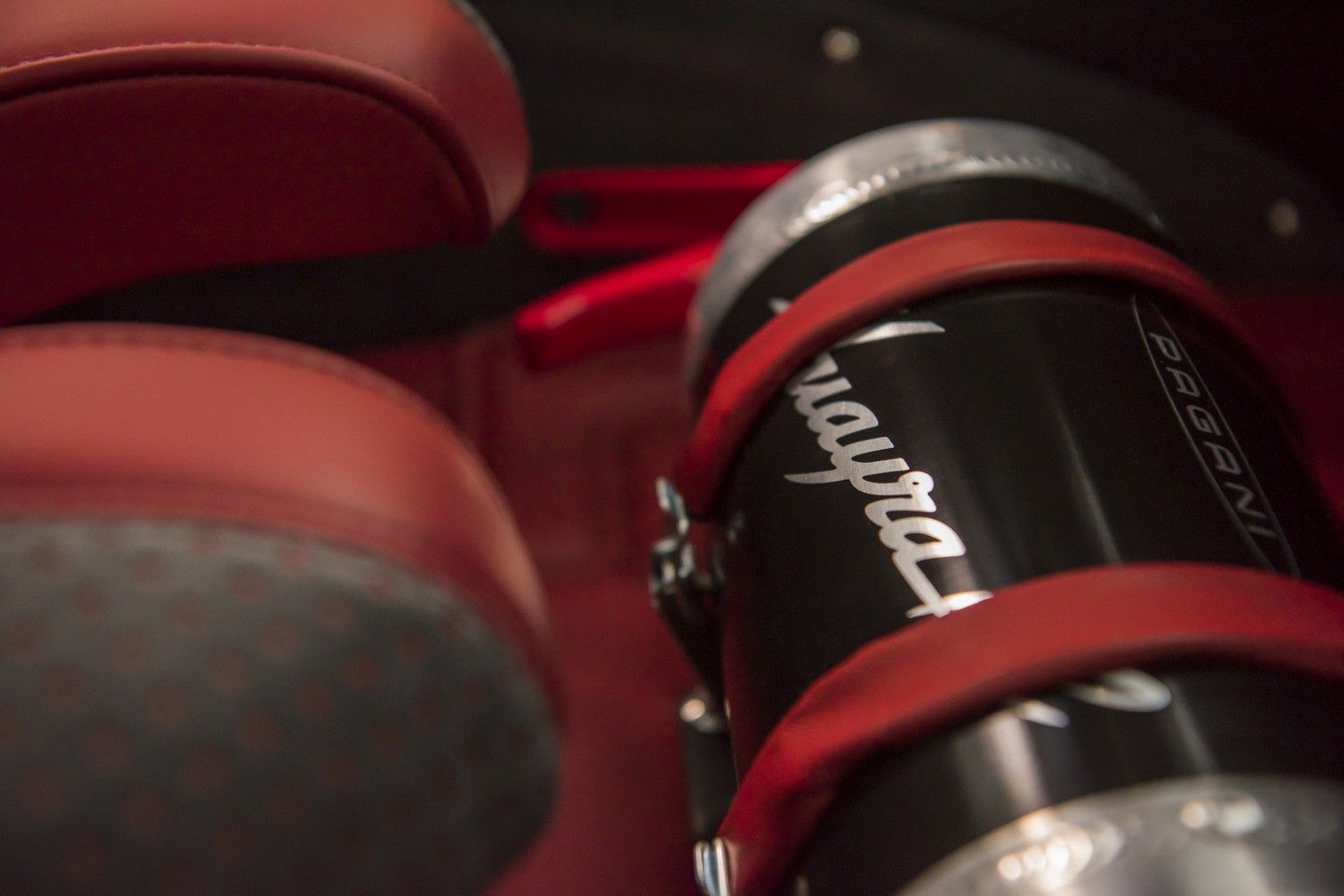
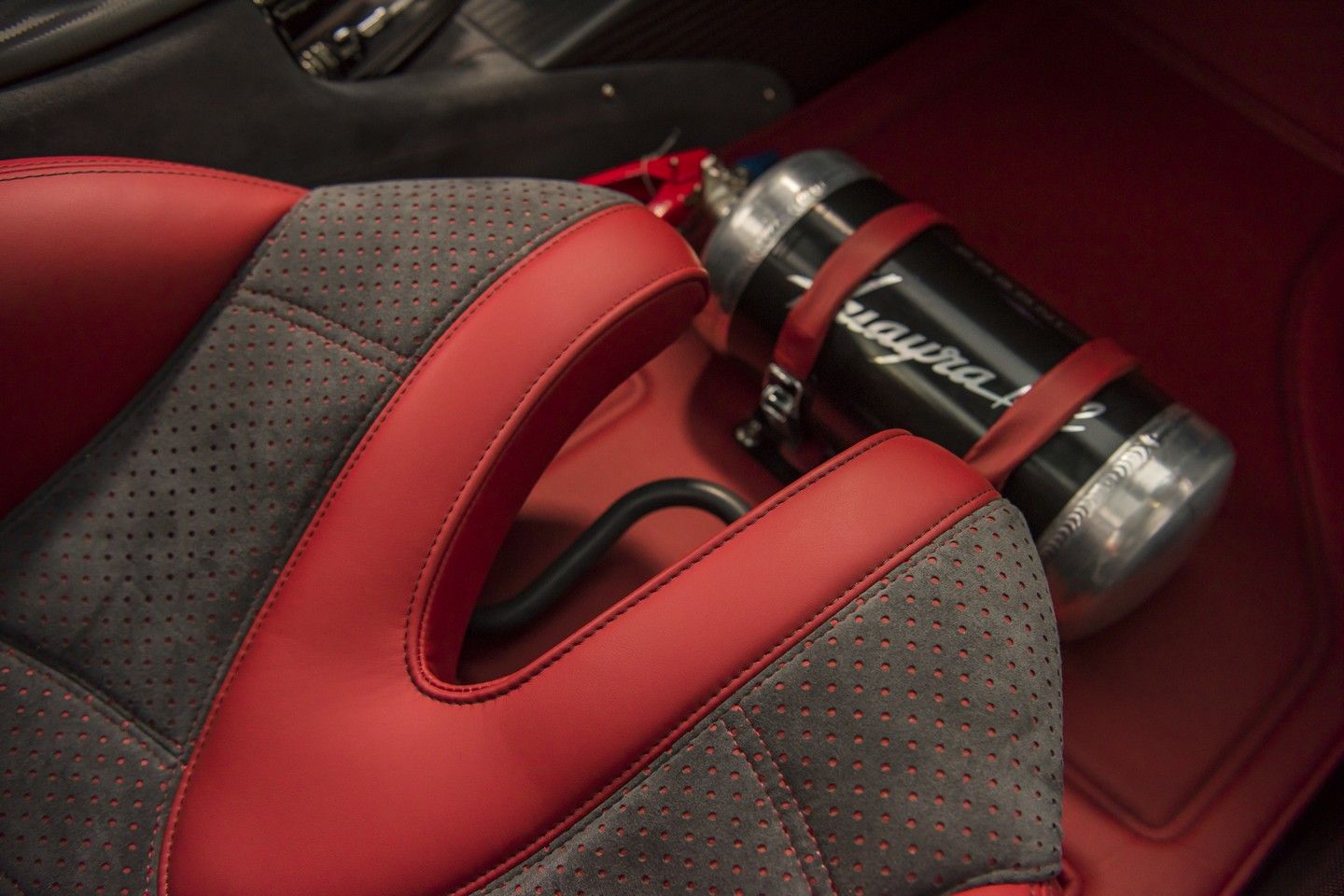
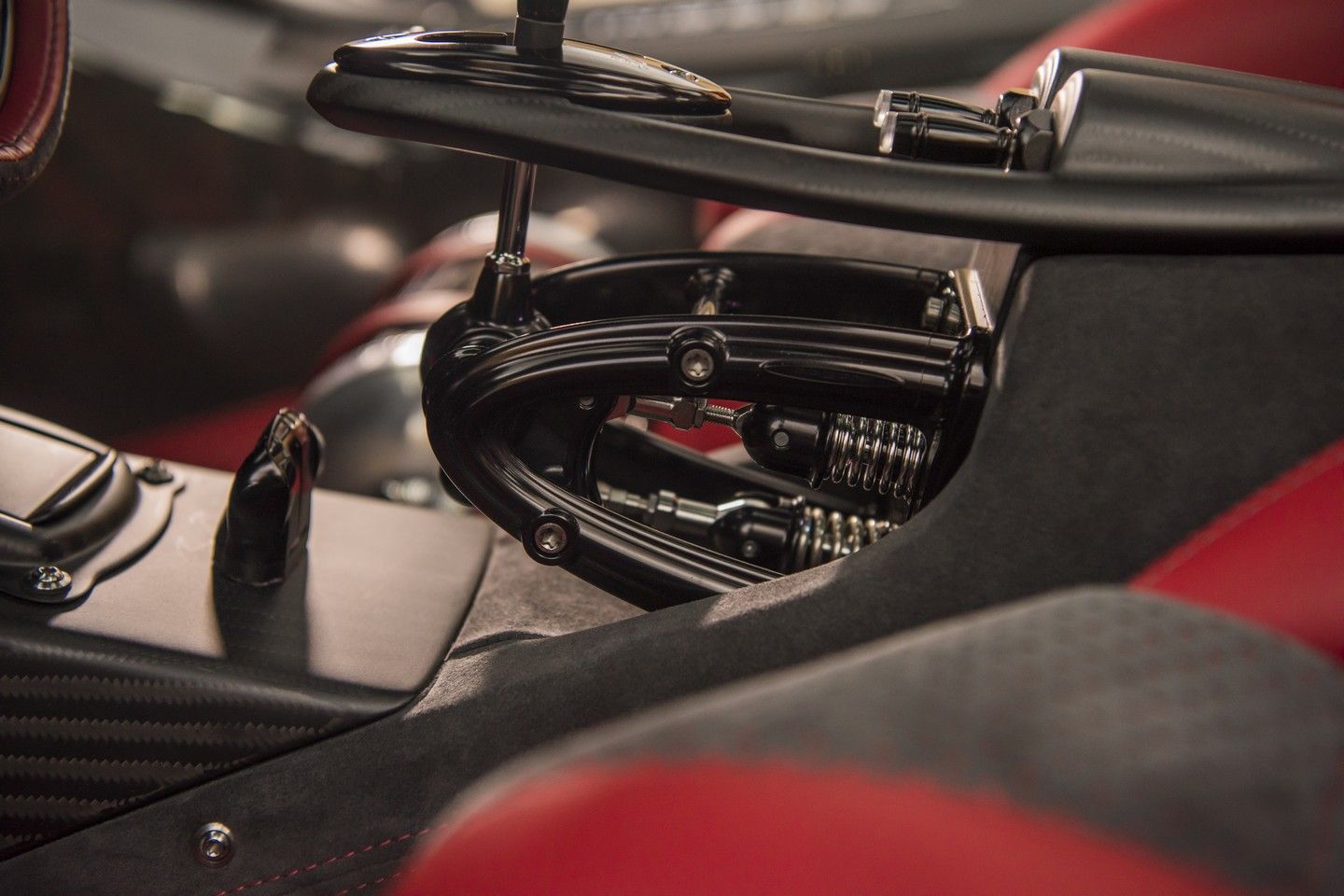
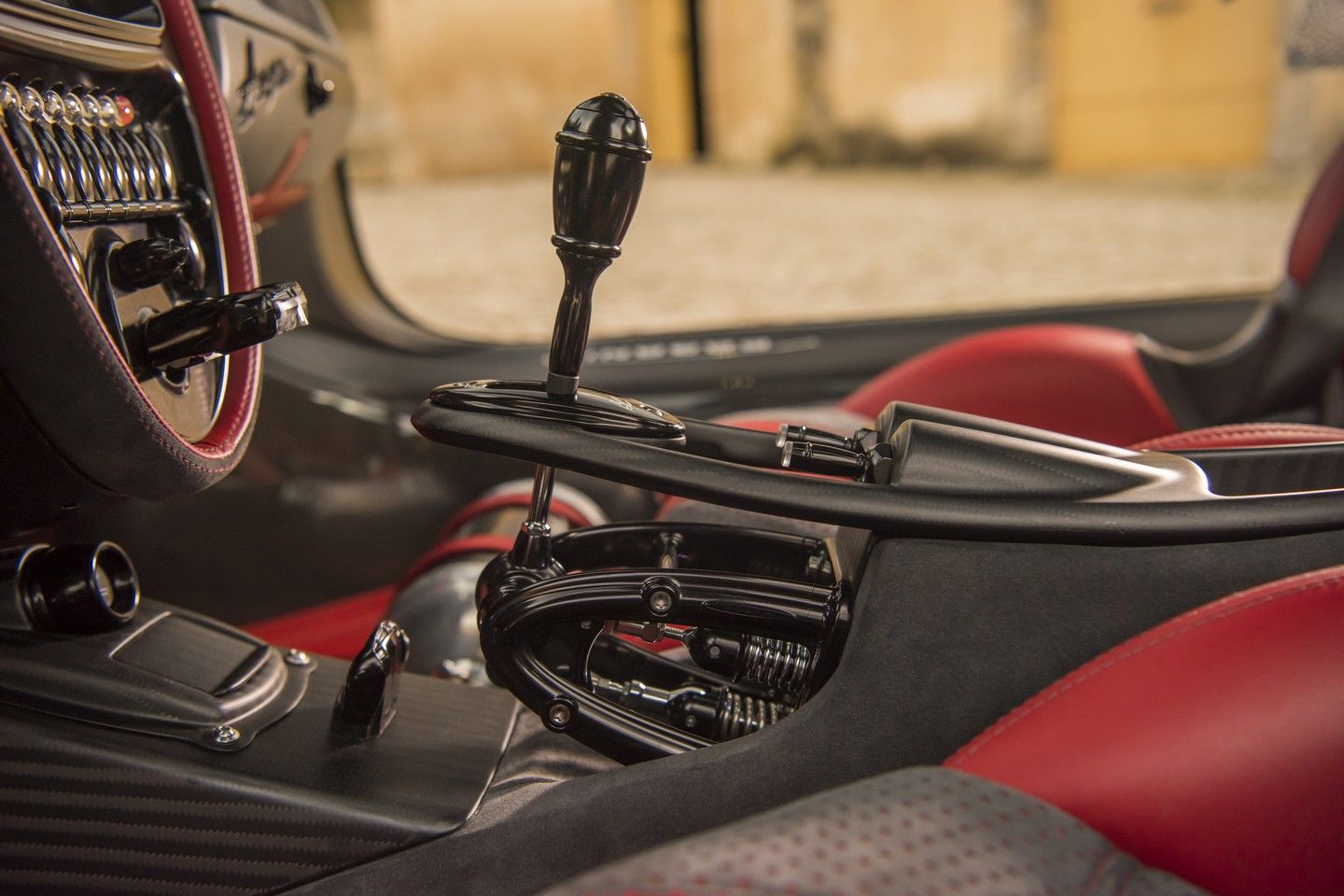
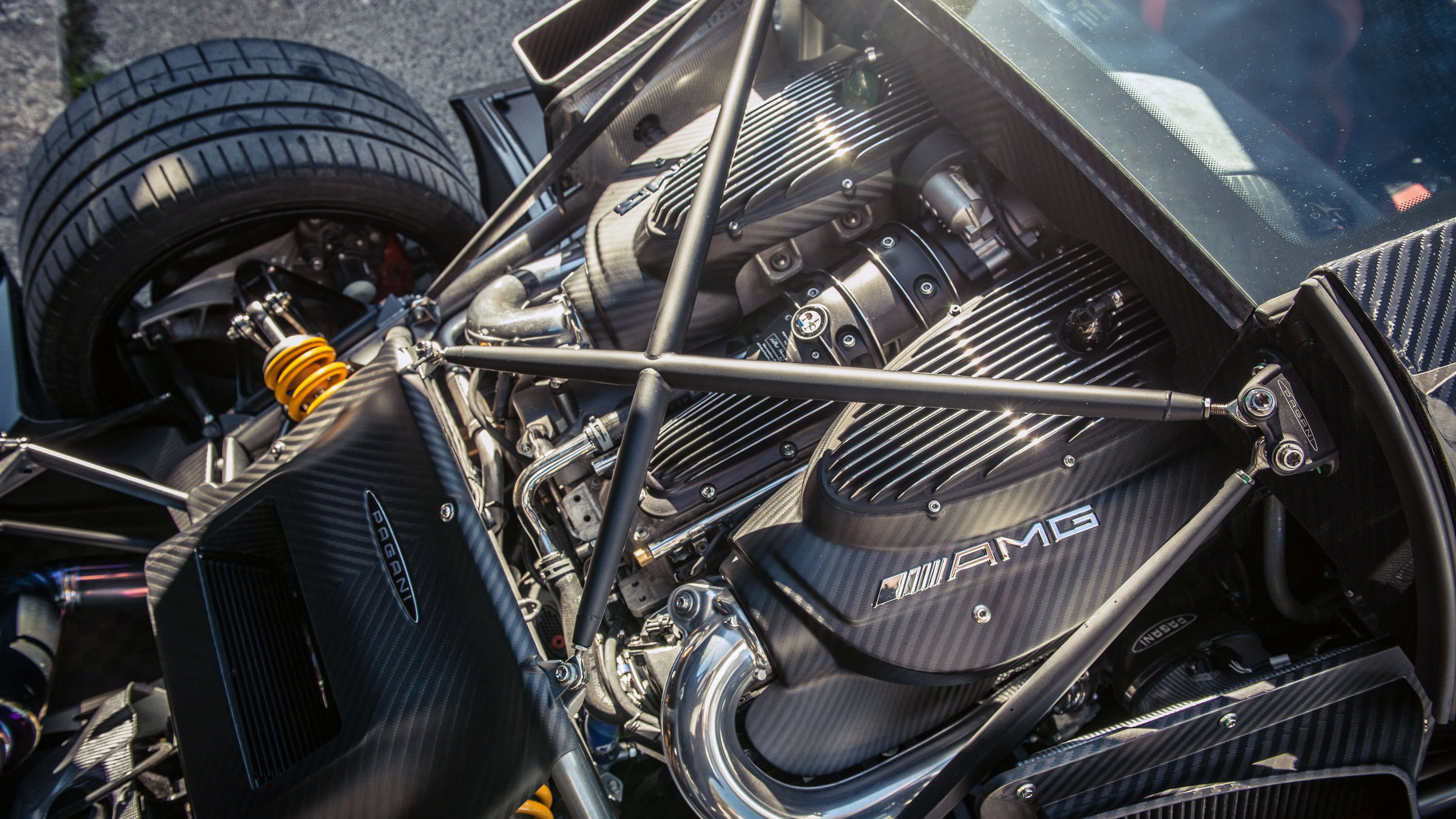
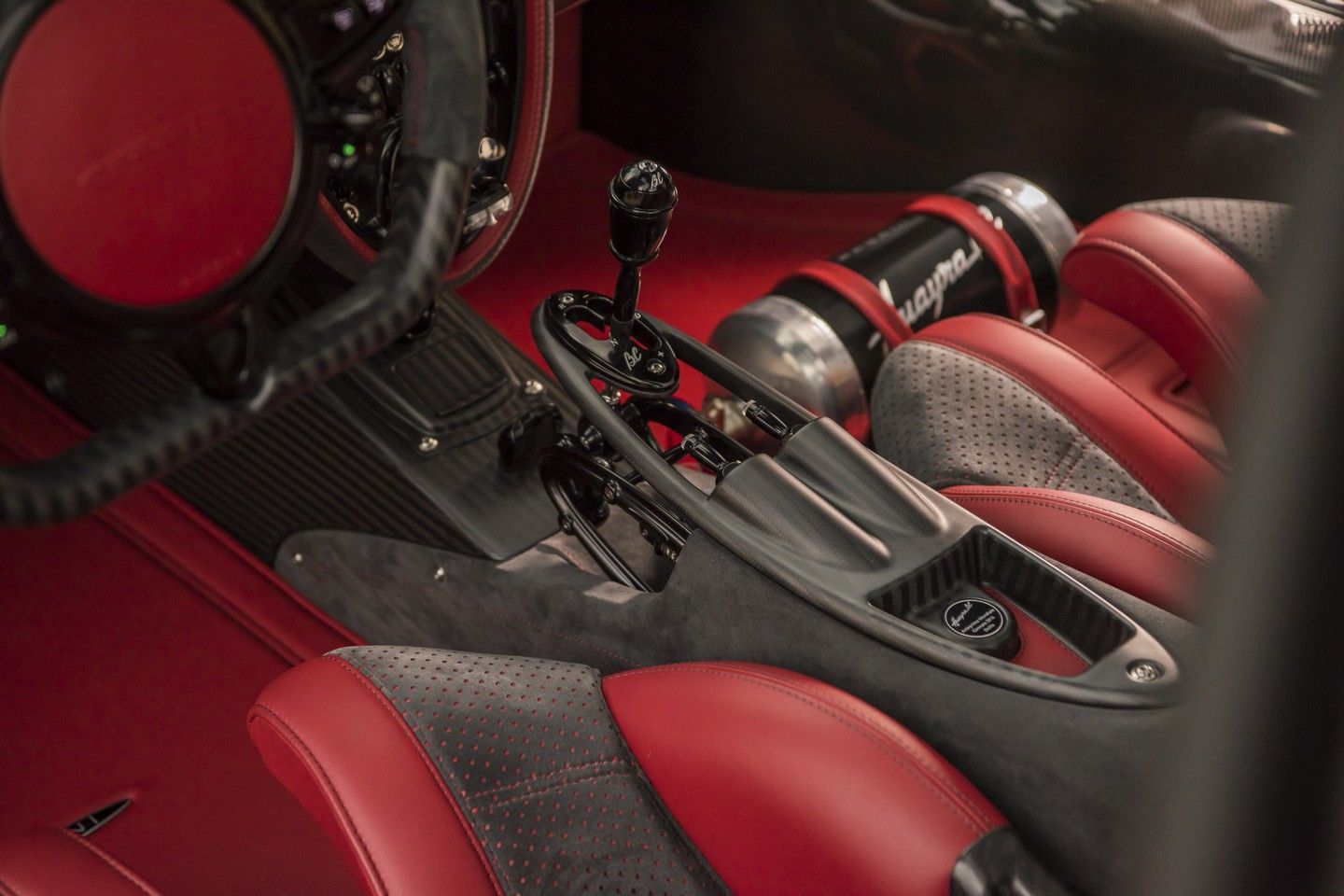
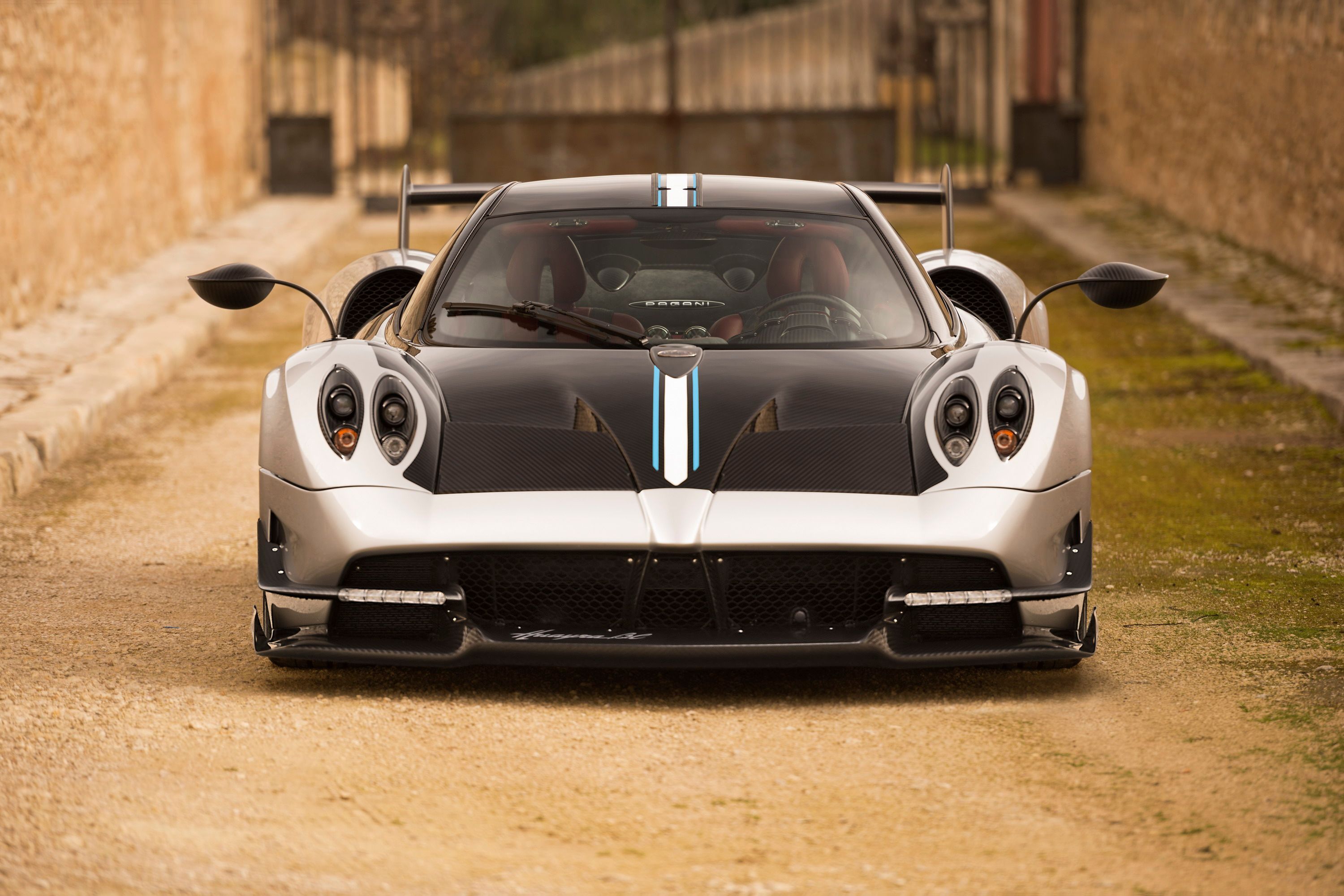
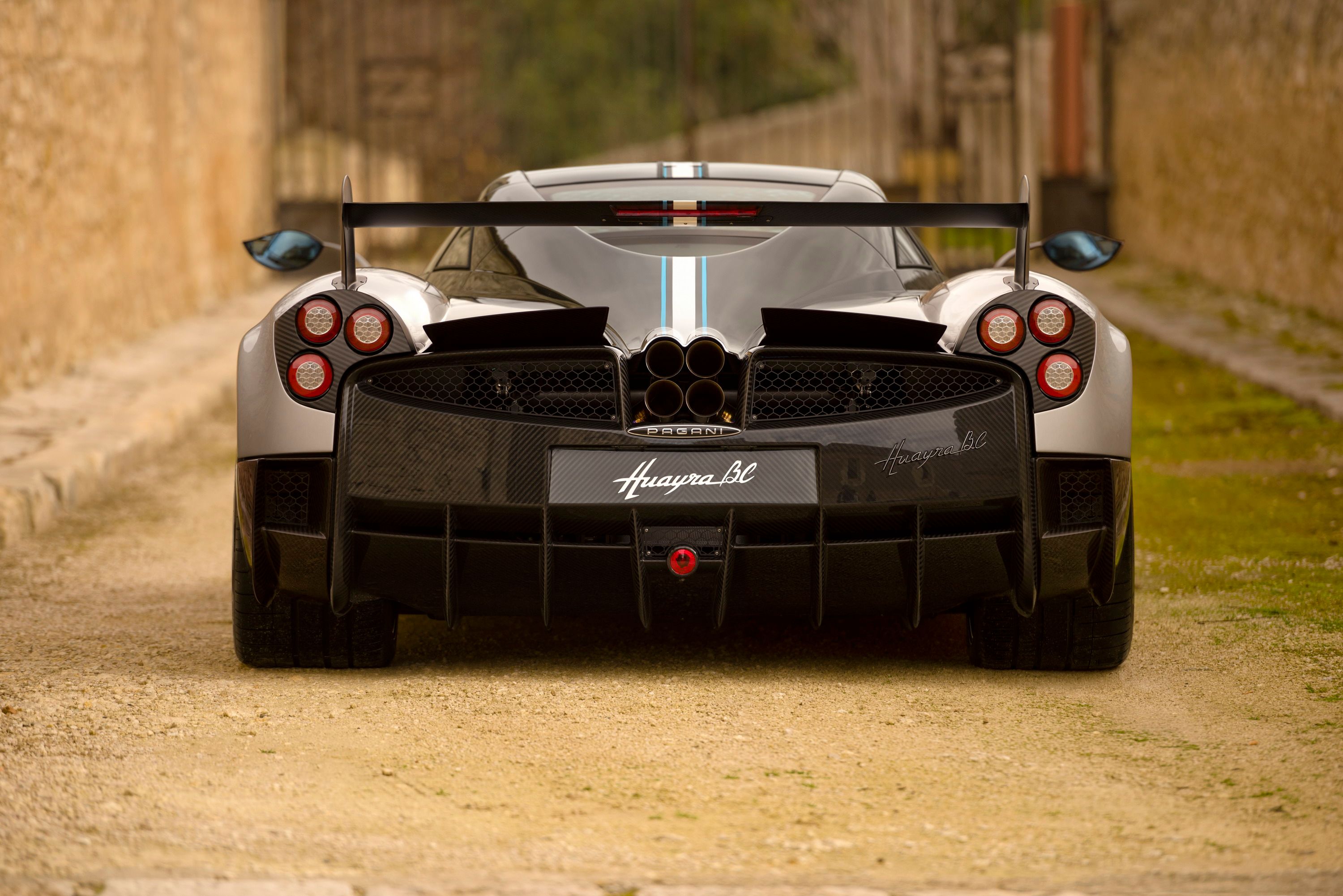
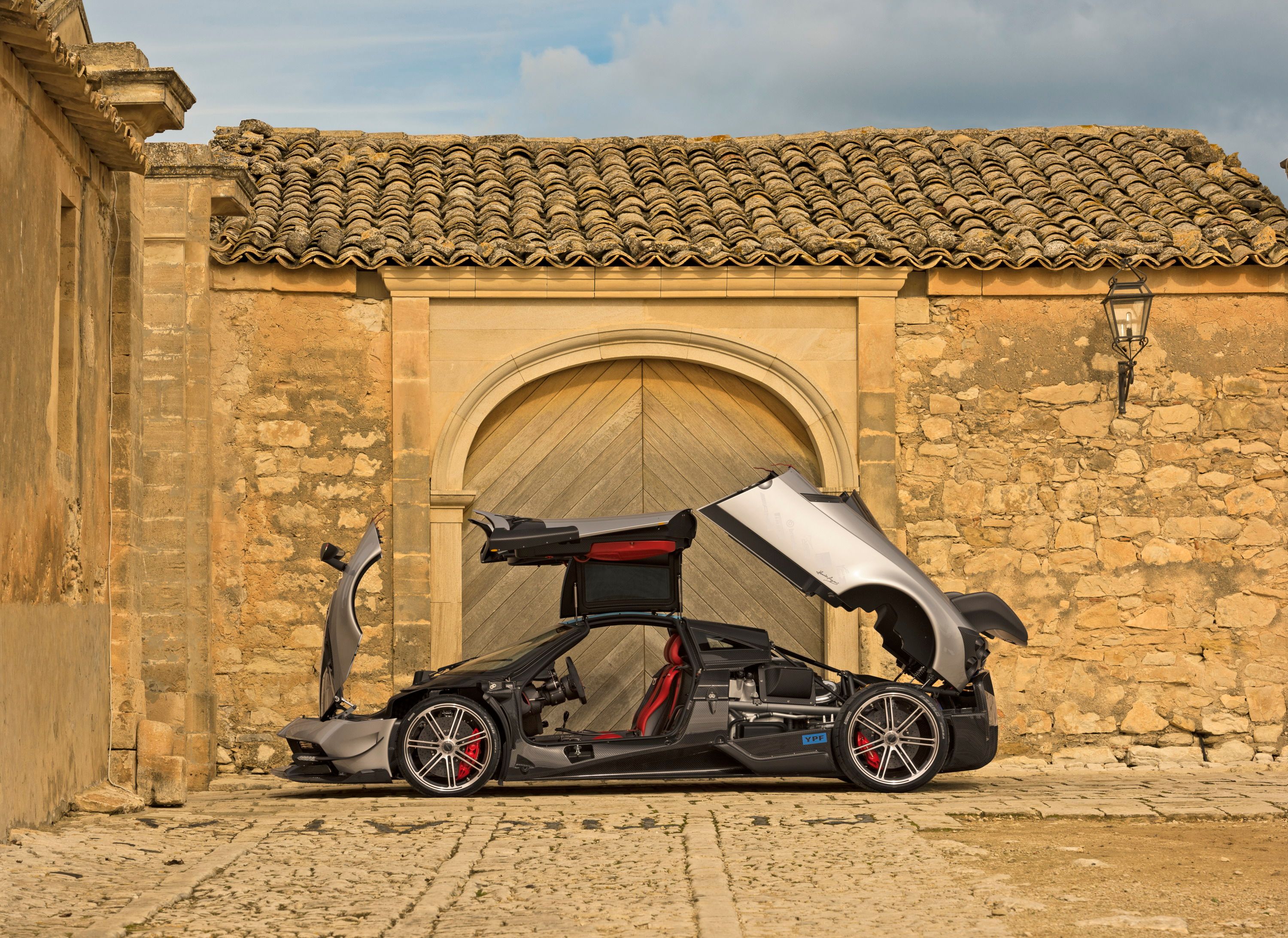
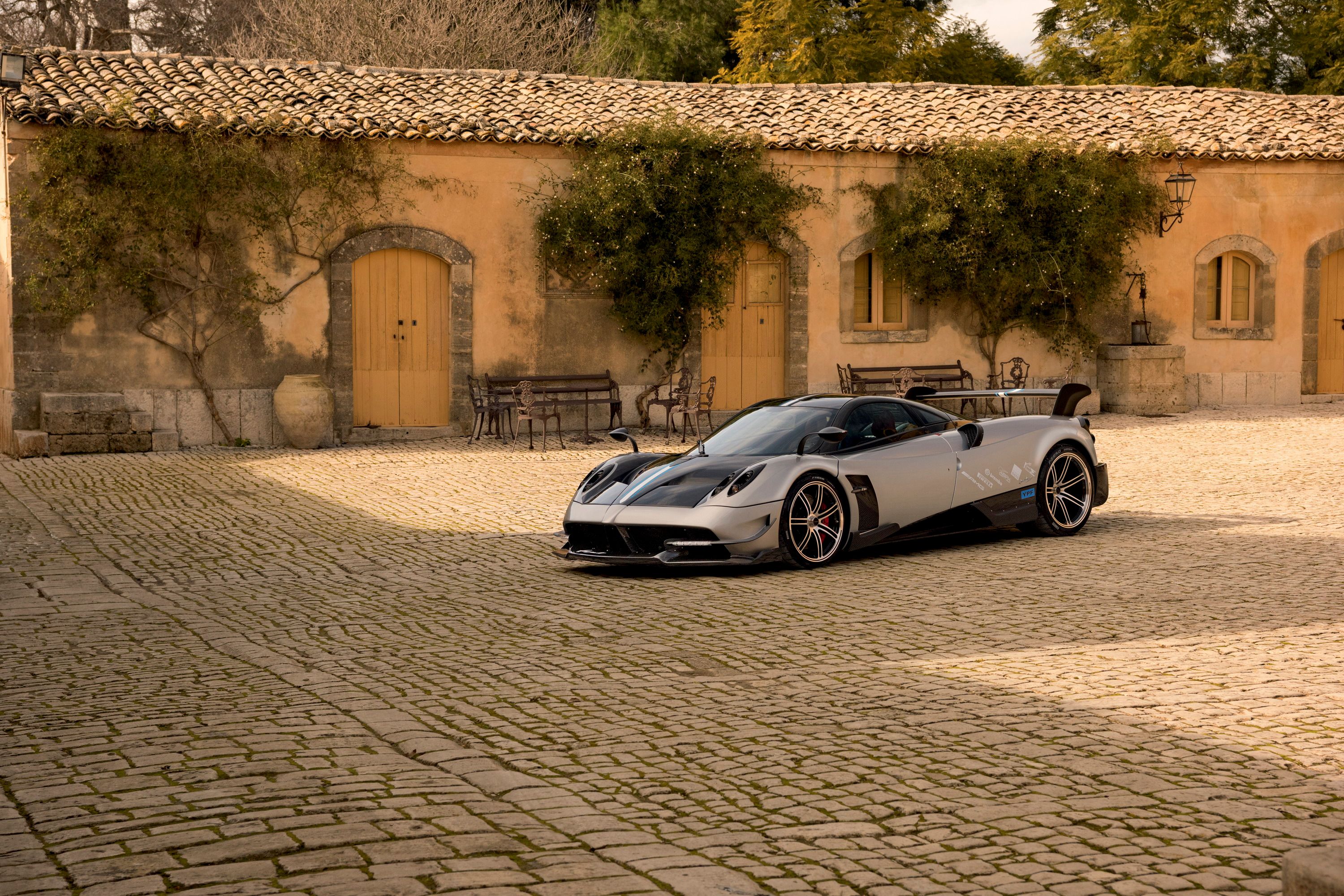
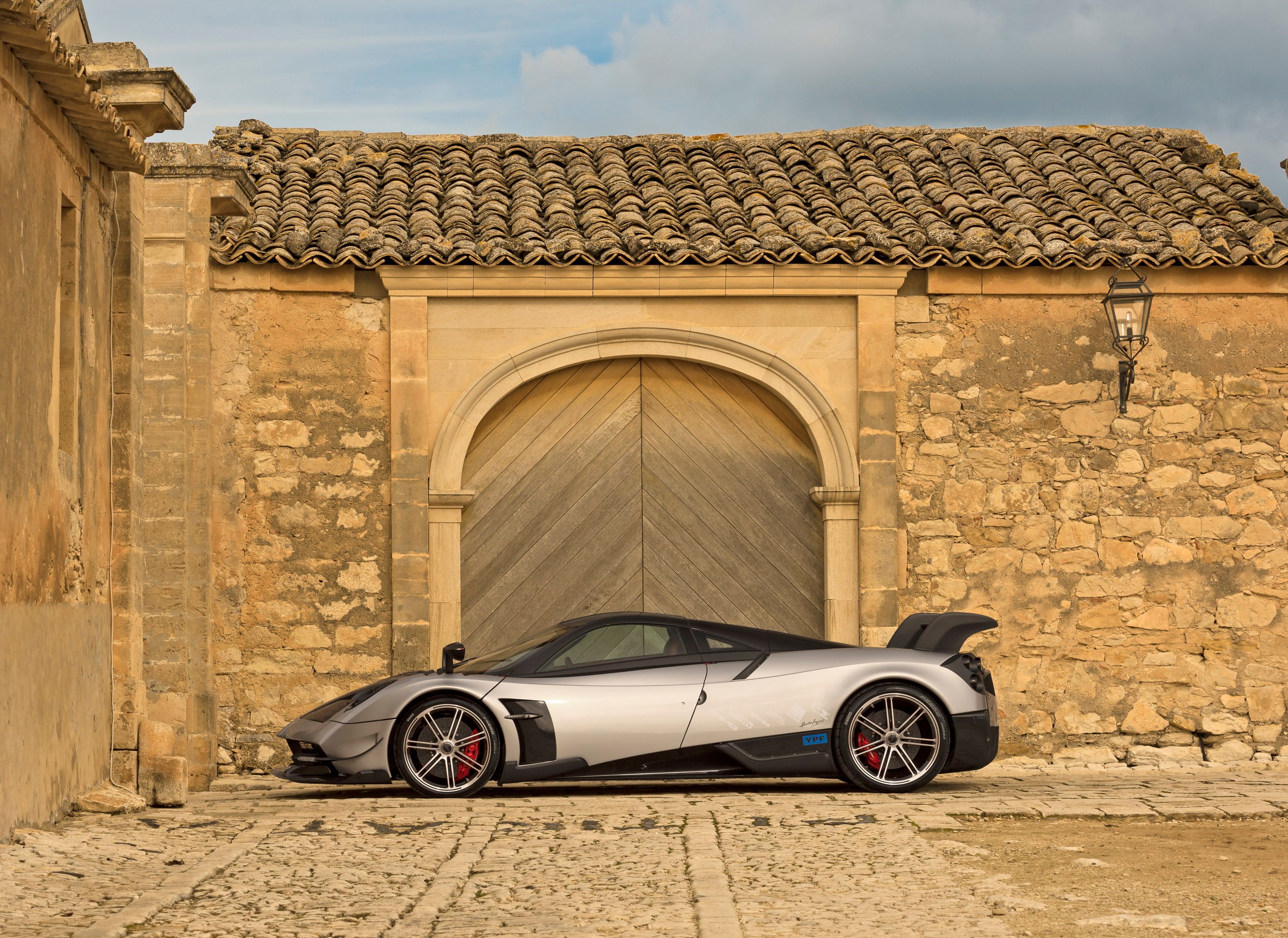



















- Make: Array
- Model: 2017 Pagani Huayra BC
- Segment: Array
- [do not use] Vehicle Model: Array
Exterior

Inspired by the track-focused Zonda R and Zonda Cinque, the Huayra BC sports an aerodynamically enhanced body kit that is reminiscent of its spiritual predecessor. For starters, it has a massive wing and a revised rear diffuser that stretches from one side of the bumper to the other. With the new diffuser, which seems suited for fast laps around the Nurburgring, comes a slightly reshaped fascia. The rear also features a pair of spoilers underneath the wing for improved down force.




Moving onto the sides, we can see deeper side skirts and new, split-spoke alloy wheels, which are significantly lighter than the standard rollers and seem larger as well. The front end also features revised aerodynamics in the form of a more aggressive splitter, race-spec canards on each side, and a wider mouth.
Then there’s the carbon-fiber "livery" that pretty much turns the Huayra into a more modern interpretation of the Zonda Cinque. The front hood, the roof, and the engine lid are finished in bare carbon-fiber and have blue and white racing stripes in the center. Most likely the stripes can be had in several colors and customers will be able to opt for a full carbon body.
Needless to say, the Huayra BC is the most aggressive looking Huayra yet. It's race-spec aero kit reminds me of the Zonda R, but unlike the its spiritual predecessor, the Huayra BC is homologated for road use.
Interior

Pagani says that the interior of the Huayra BC was designed "with appealing traditional Pagani aesthetics and built with a racing emphasis and weight saving in mind." In other words, the cockpit is heavily based on the standard Huayra's, but comes with exclusive features of its own and more lightweight materials than usual. The brand didn't provide many details, but pointed out that the BC sports a suede and leather steering wheel for enhanced grip and Black Anthracite as the main color theme for the cabin.




The presentation model shown here features red highlights and stitching, but customers will probably get to choose from a wide range of colors. Much like any Huayra out there, the cockpit is packed with fine Alcantara, carbon-fiber, and aluminum inserts. The Huayra BC also gained a new electric parking brake instead of the previous mechanical one. Overall, the interior is a work of art.
Drivetrain
Motivation comes from the same 6.0-liter V-12 found in the standard Huayra, but the "BC" badge comes with more power at its disposal. While some sources claimed that the BC would arrive with 789 horsepower and 811 pound-feet of torque, the actual output was revealed to be of 739 horsepower and 738 pound-feet. This accounts for a 19-horsepower increase over the initial coupe model. On the other hand, the BC isn't as powerful as the Roadster, which comes with 753 horsepower on top.

Performance specs aren't yet available, but given that the standard Huayra can hit 60 mph from a standing start in three seconds, the BC should run the same benchmark in 2.8 ticks or less. Granted, there's not a lot of extra power to put behind these claims, but the BC’s performance is further improved by its aerodynamic package and lighter curb weight. The BC tips the scales at 1,218 kg (2,685 pounds), 132 kg (291 pounds) less than the standard supercar.
Another important change is in the transmission department, where Pagani implemented a new seven-speed automated manual developed by Xtrac. The gearbox features a new electro-hydraulic actuation system and new carbon-fiber synchronizers designed to increase precision and further reduce gearshift times. The new transmission, including the electronic differential, is also about 40 percent lighter that the previous unit. Other enhancements in this area include new tripod axle drive shafts derived from endurance racing.
Suspension, Brakes and Tires
Pagani also developed a special suspension system for the Huayra BC. The components are forged from HiForg, a high-strength, lightweight aluminum alloy used in the aeronautic industry, which is about 25 percent lighter than the suspension of the standard Huayra. The uprights have been completely redesigned for reduced weight, increased rigidity, and enhanced responsiveness on the race track. All told, Pagani claims that the BC's suspension system is "the lightest and most effective ever applied to a road going hi-performance vehicle."

Stopping power comes from carbon-ceramic brakes developed by Brembo, Pagani's long-standing partner. The calipers are made with a new proprietary manufacturing technology developed by Brembo and are stiffer stiffer than usual, thus allowing increased stability in performance under repetitive braking.
As far as rubber goes, the Huayra BC rides on Pirelli P Zero Corsa tires, much like all Pagani models. The lightweight wheels (20 inches in the front, 21 inches in the rear) are wrapped in 255/30ZR20 and 355/25ZR21 sizes and feature Pirelli's latest design, which has a more aggressive looking asymmetric tread pattern, with three longitudinal grooves reminiscent of the Formula One slicks. The tire's geometry and structure of the bean has been designed to absorb the stress generated by a car that sends more than 1,000 horsepower to the ground.
Customers looking to take the Huayra BC to the track can opt for a different wheel and tire package consisting of smaller rims (19 inches in the front, 20 inches in the rear) wrapped in Pirelli P Zero Trofeo R tires. These have been developed for track use only and help the vehicle to achieve lateral accelerations with peaks of 2G.
Prices

Pricing for the Huayra BC is set at €2.3 million, which converts to around $2.4 million as of January 2017. That's a hefty increase over the standard Huayra's original $1 million sticker, but we need to keep in mind a few things. For starters, the Huayra was first launch in 2012 and since then it has become a lot more expensive. With all sorts of options and unique features and colors, a standard model can fetch in excess of $2 million. Actually, the BC will too be a lot more expensive once their exclusive owners discuss all the extra options. Most likely, each of the 20 cars built (only a fifth of the standard Huayra's production run) will bring Pagani more than $3 million. As it is the case with high-end supercars, the Huayra BC was already sold out by the time Pagani unveiled the vehicle at the Geneva Motor Show.
Competition
Bugatti Chiron
Developed to replace the ageing, yet already iconic Veyron, the Chiron is Bugatti's next record-setting supercar and one of the most powerful vehicles on the market. With an upgraded quad-turbo, 8.0-liter W-16 engine rated at a whopping 1,479 horsepower and 1,180 pound-feet of twist, the Chiron is nearly two times more powerful than the Huayra BC. However, the French supercar is only two tenths of a second quicker from 0 to 60 mph, mostly because it's a lot heavier than the Pagani. Specifically, the Chiron tips the scales at no fewer than 4,398 pounds, 1,713 pounds more than the Huayra BC.
To put things into perspective, the heaviest Caterham Seven you can buy now doesn't weigh more than 1,250 pounds before options. All told, a Huayra BC with a Seven on its roof would still be lighter than a Chiron...
But while the Bugatti would be a complete mess at the race track, it would win any straight line race for top speed, as it is rated at 261 mph, versus the Huayra's 230-mph estimate. Exclusivity is where the Chiron loses, as Bugatti will produce 500 units. Pricing is about the same though, with Bugatti asking €2.4 million (around $2.5 million) for a Chiron.
Find out more about the Bugatti Chiron here.
Conclusion

We might not know all the details surrounding the Huayra BC, but it's certainly be the fastest and most powerful Huayra to date, as well as one of the most expensive supercars on the market. Heck, this thing costs more than a LaFerrari or Bugatti Chiron and will allow its owners to customize numerous details. In short, each of the 20 BC's will be unique and become collectibles as soon as they leave Pagani's shop. Hopefully, the Italians will also try to set a Nurburgring record with it and give enthusiasts one more reason to remember the Huayra BC.
Updated History
Updated 03/03/2016: We added a series of new images taken during the car's official presentation at the 2016 Geneva Motor Show. Click the "Pictures" tab to check them out!
Updated 02/29/2016: The 2016 Geneva Motor Show will open its doors for the press tomorrow, but some lucky guys were already able to have a first look at some of the coolest supercars to be unveiled here. Like SellerieCimes whom already caught on tape the new Huayra BC. Click "play" to watch the new supercar on the Geneva floor.
Updated 02/19/2016: Pagani dropped the official details on the new Huayra BC with just a few days before the car's official debut at the 2016 Geneva Motor Show.
Updated 01/15/2016: In a recent interview with Autoblog, Pagani spokesman Luca Venturi confirmed that the Huayra BC will be unveiled at the Geneva Motor Show, while the roadster version will arrive later this year. He also confirmed that all the Huayra units were sold and that almost all where delivered.
Rendering


